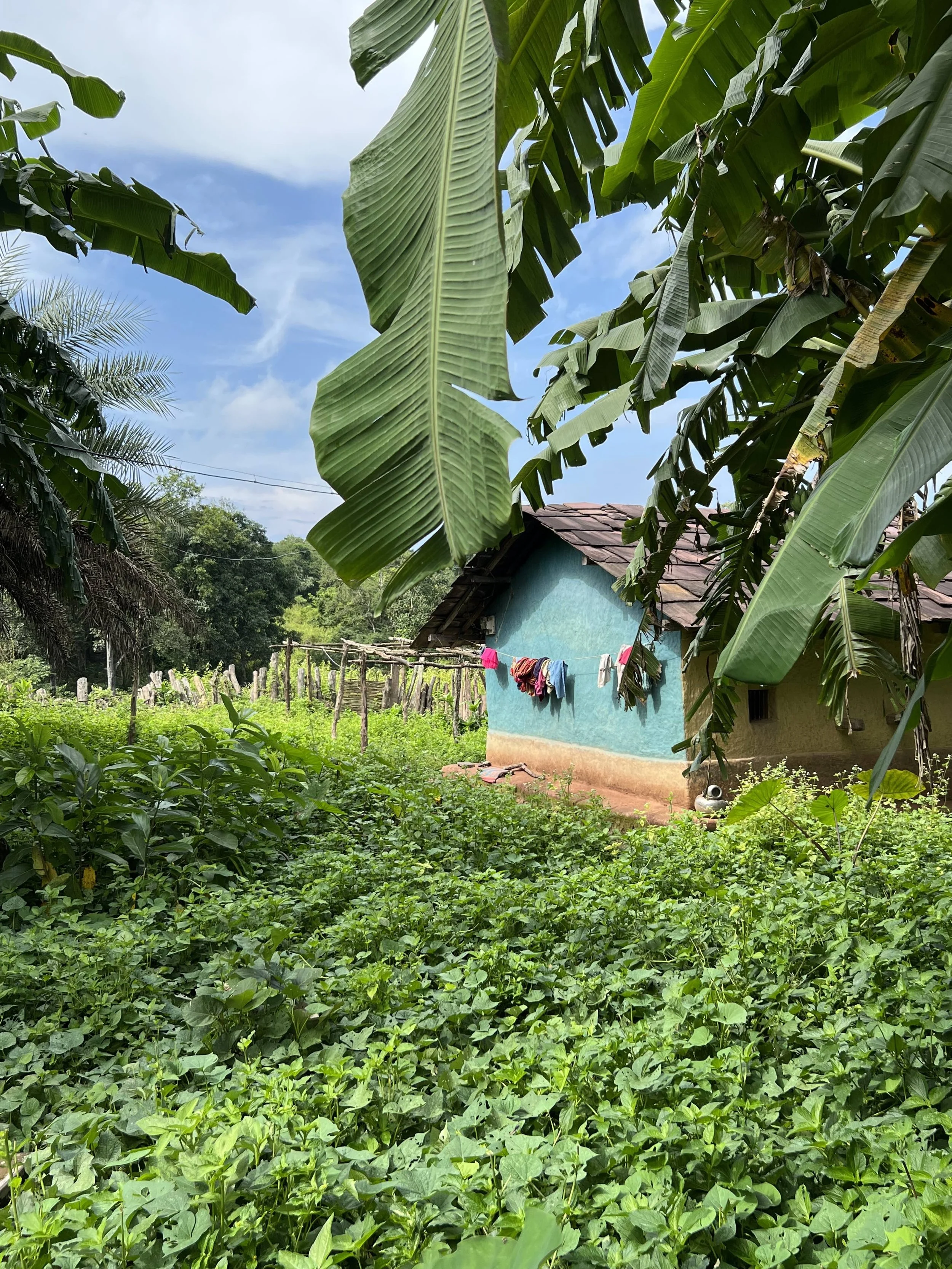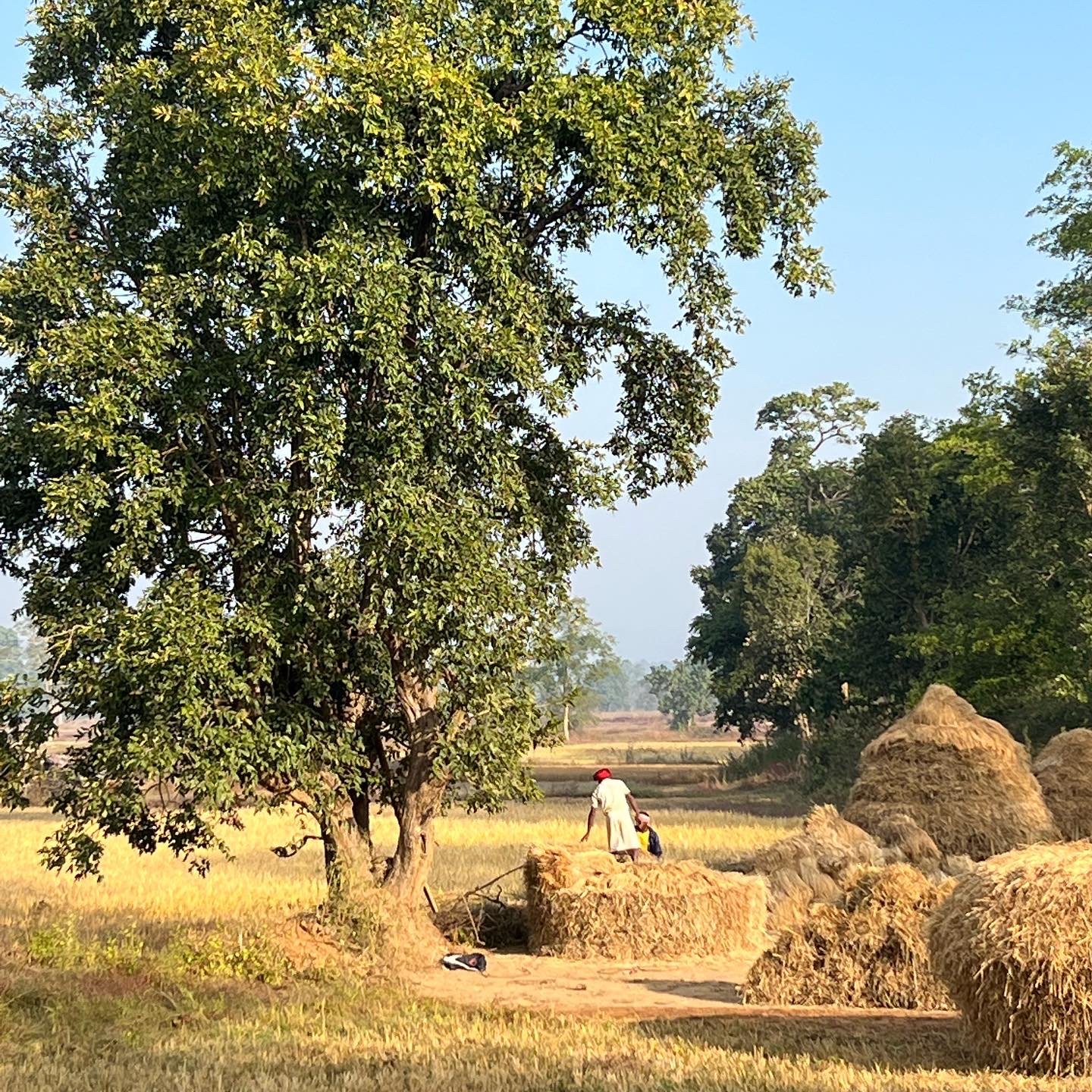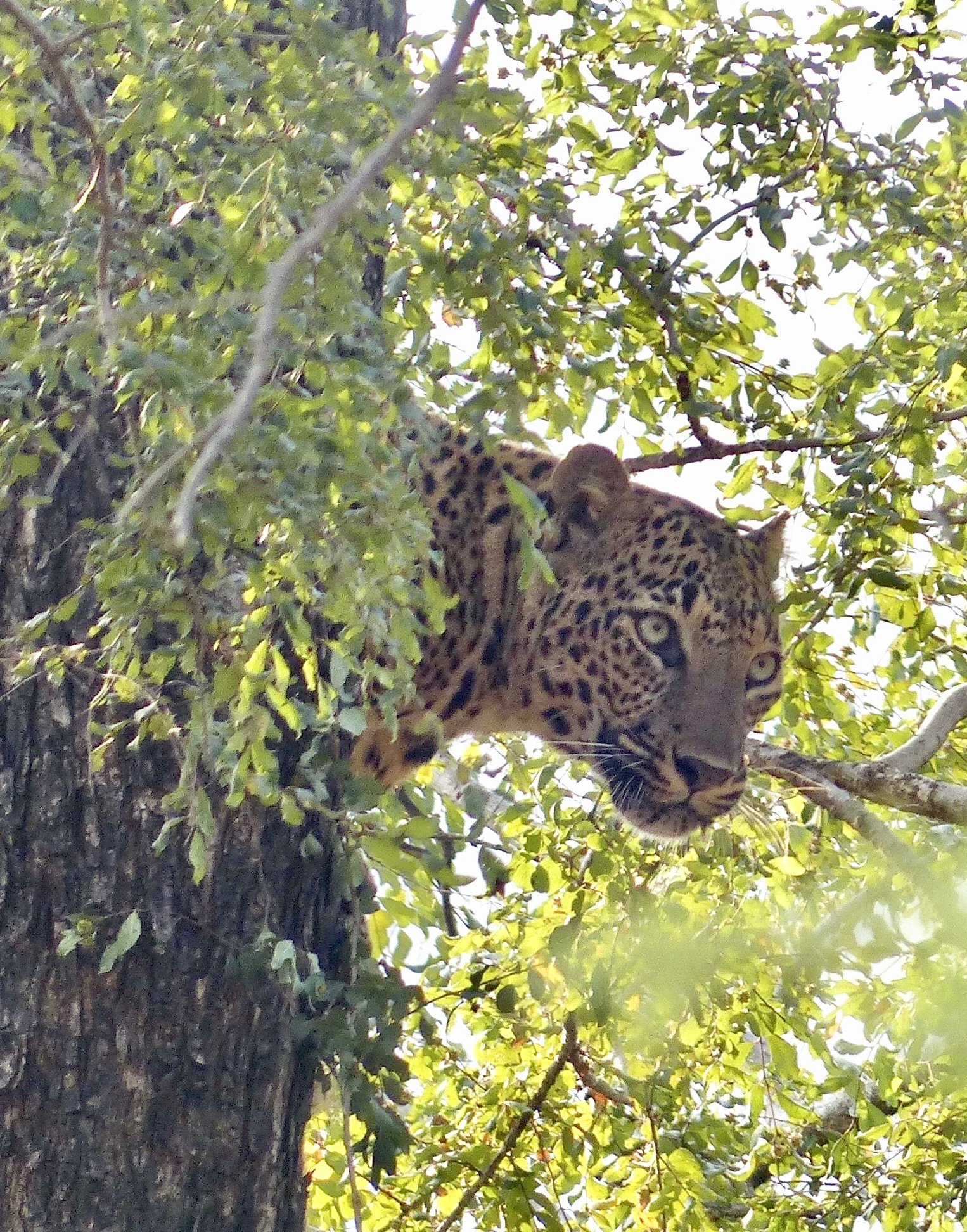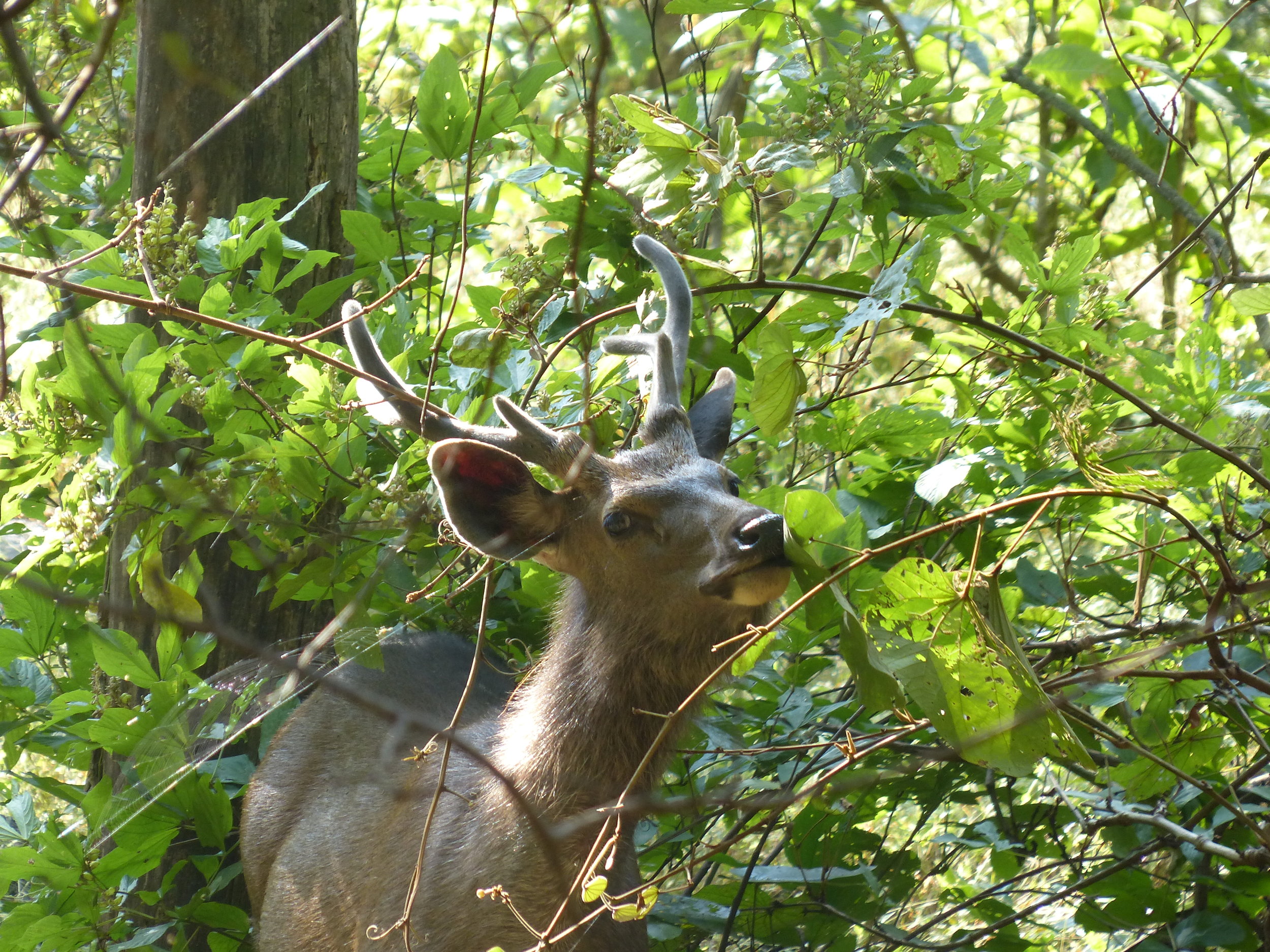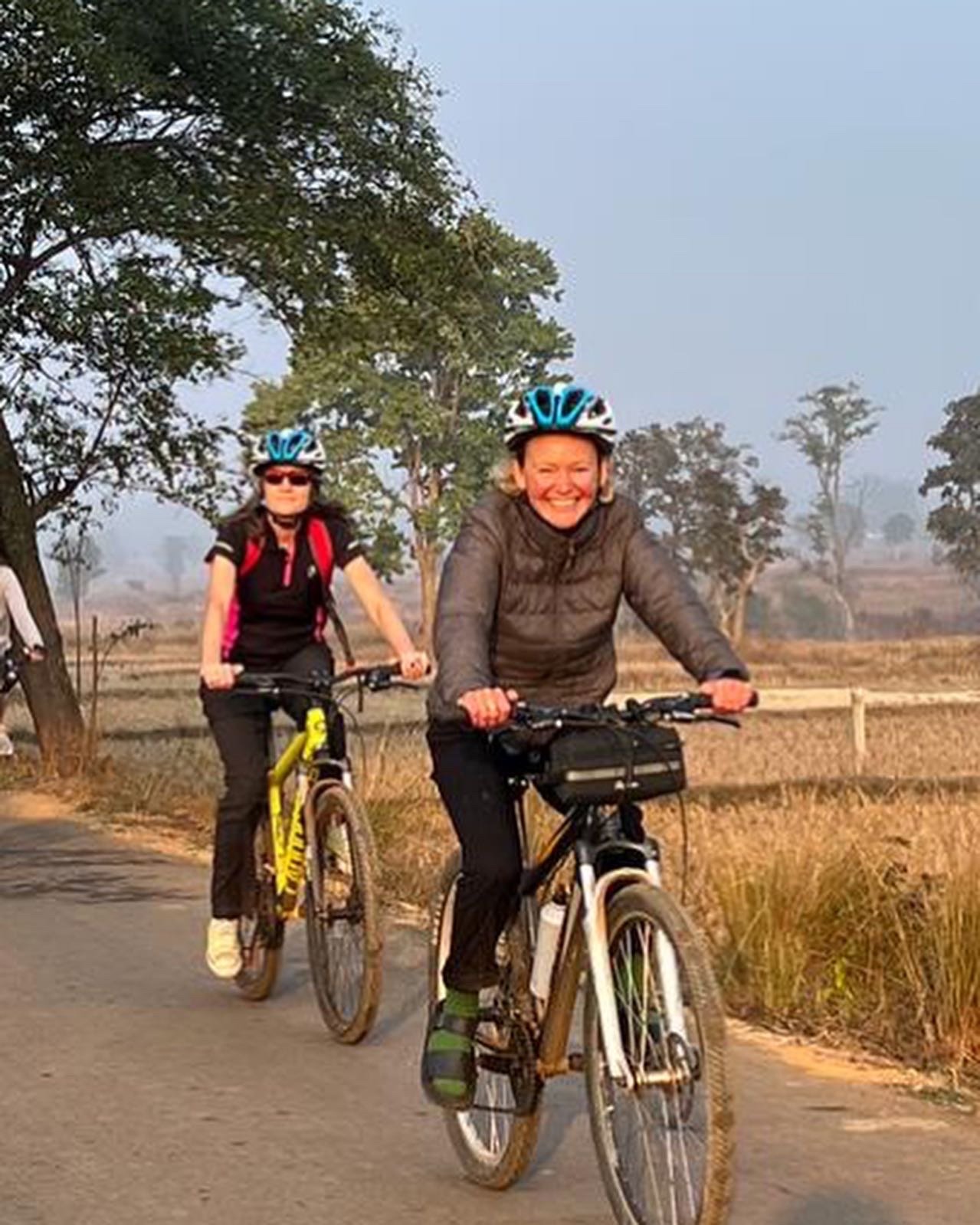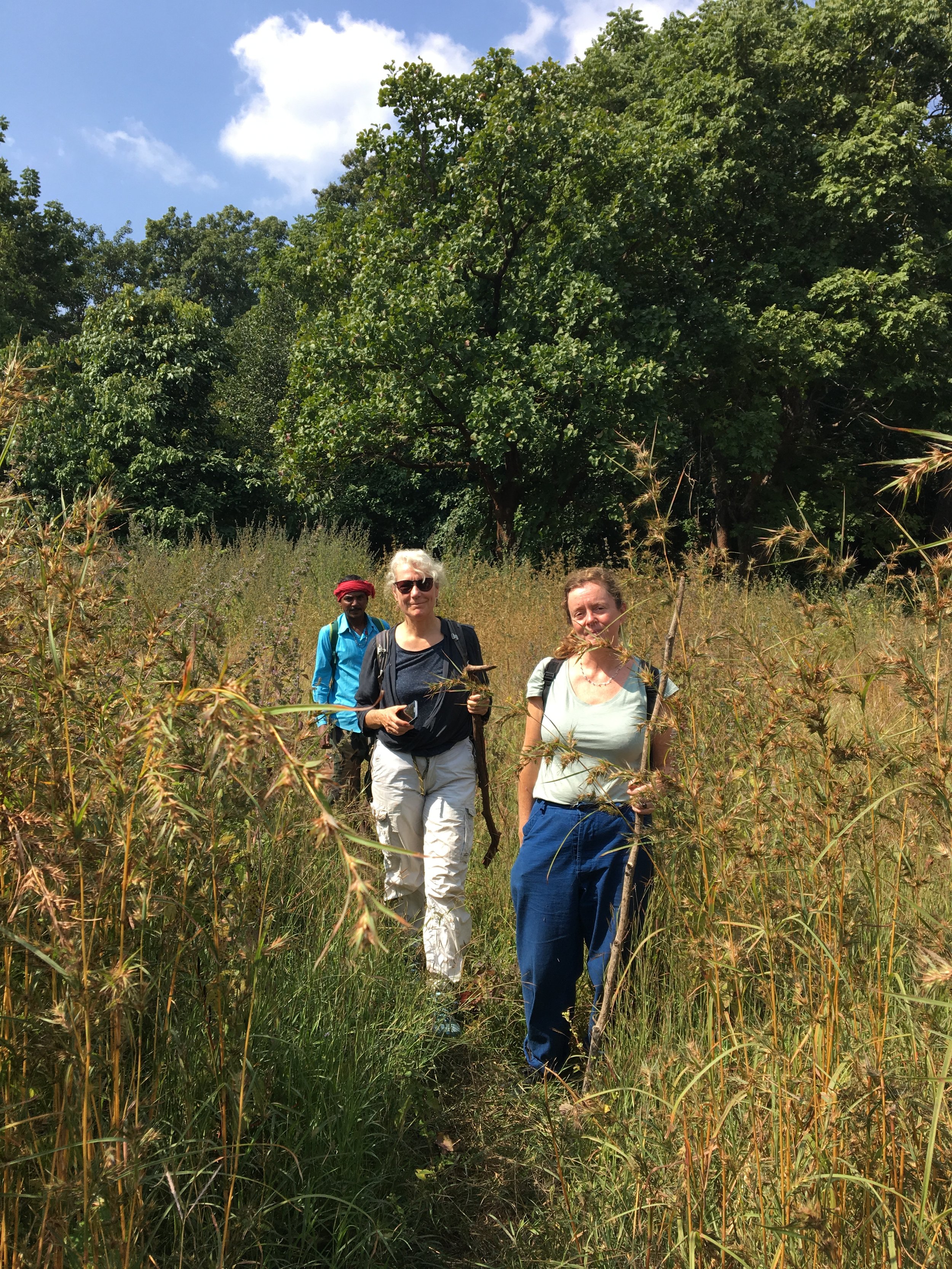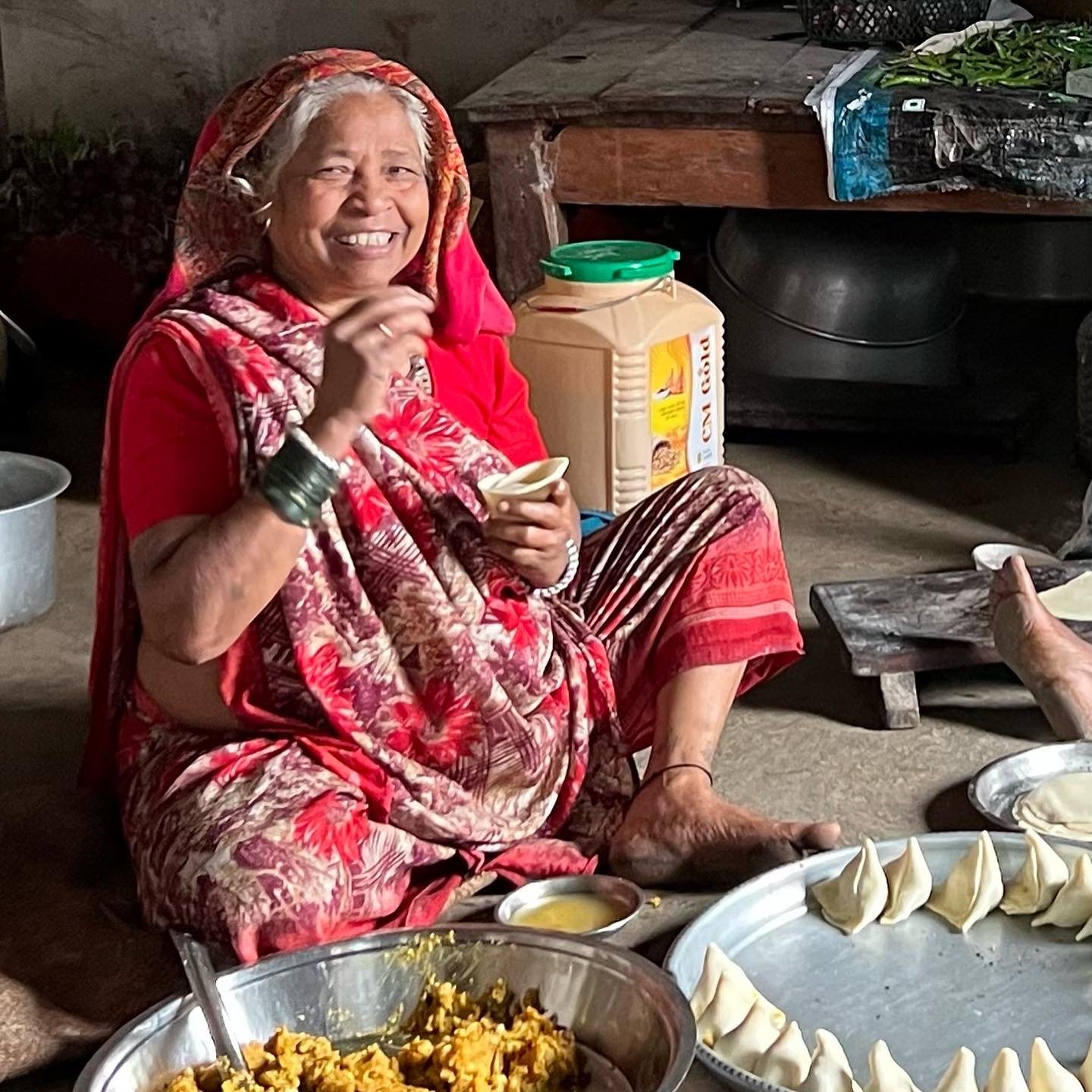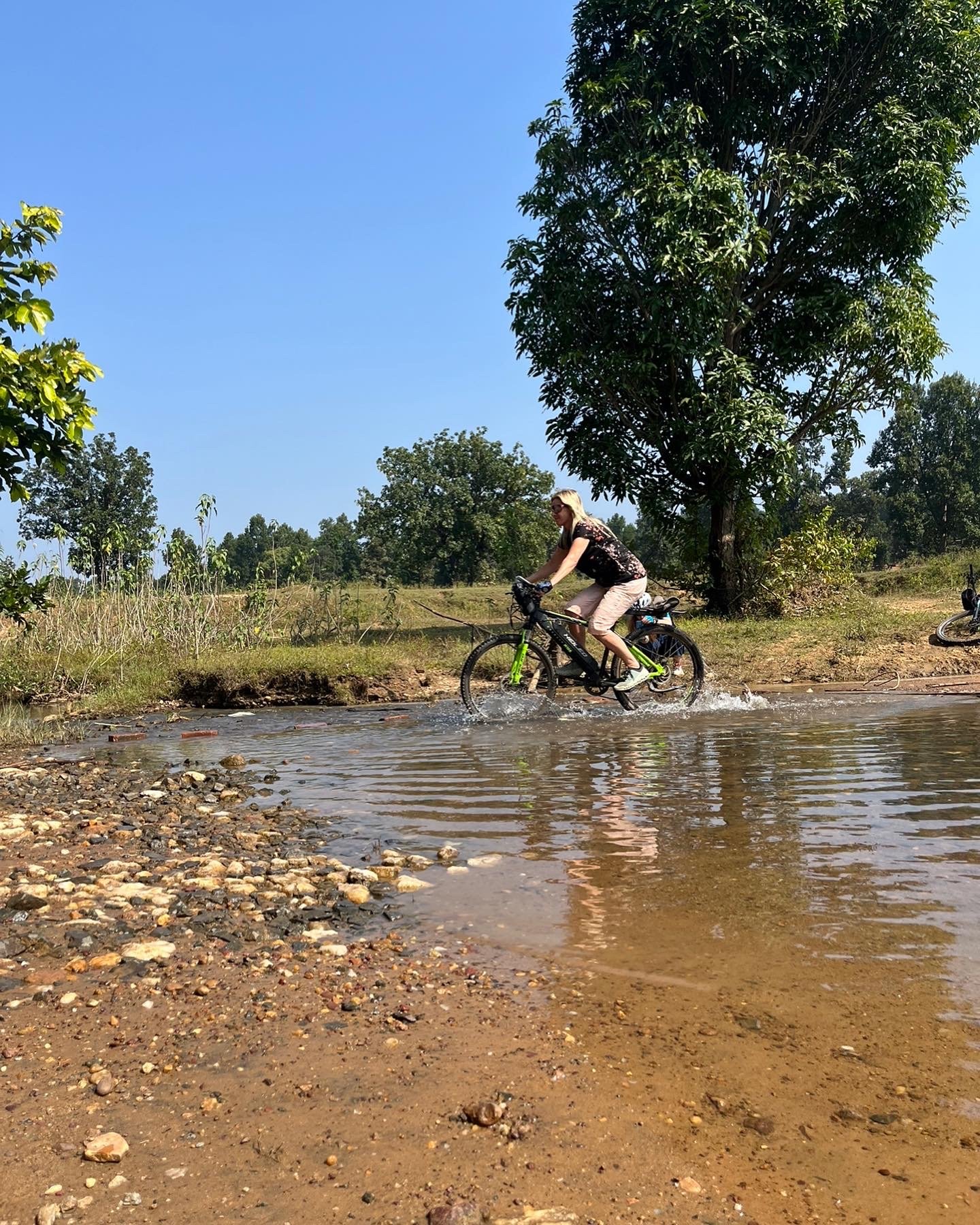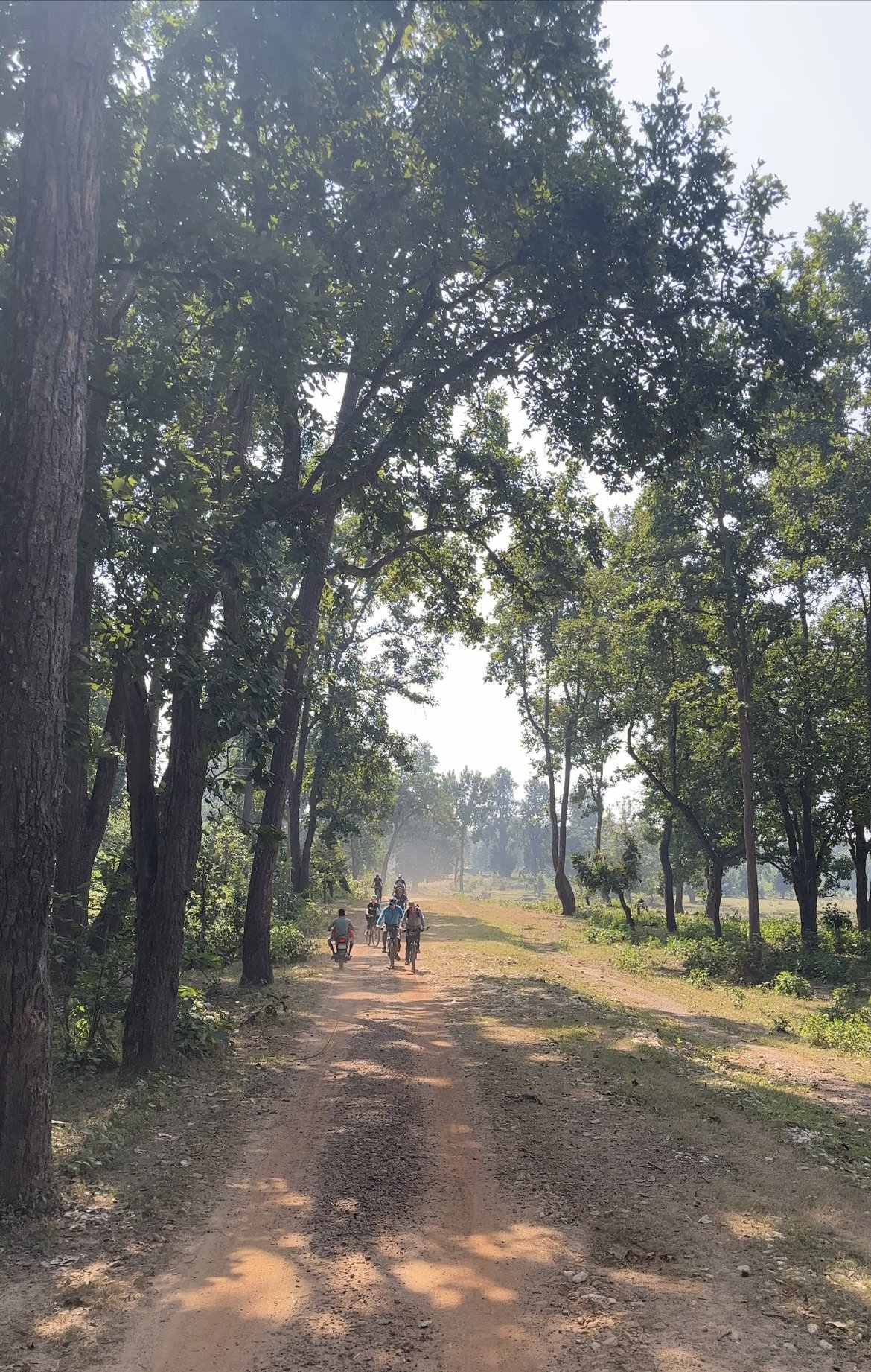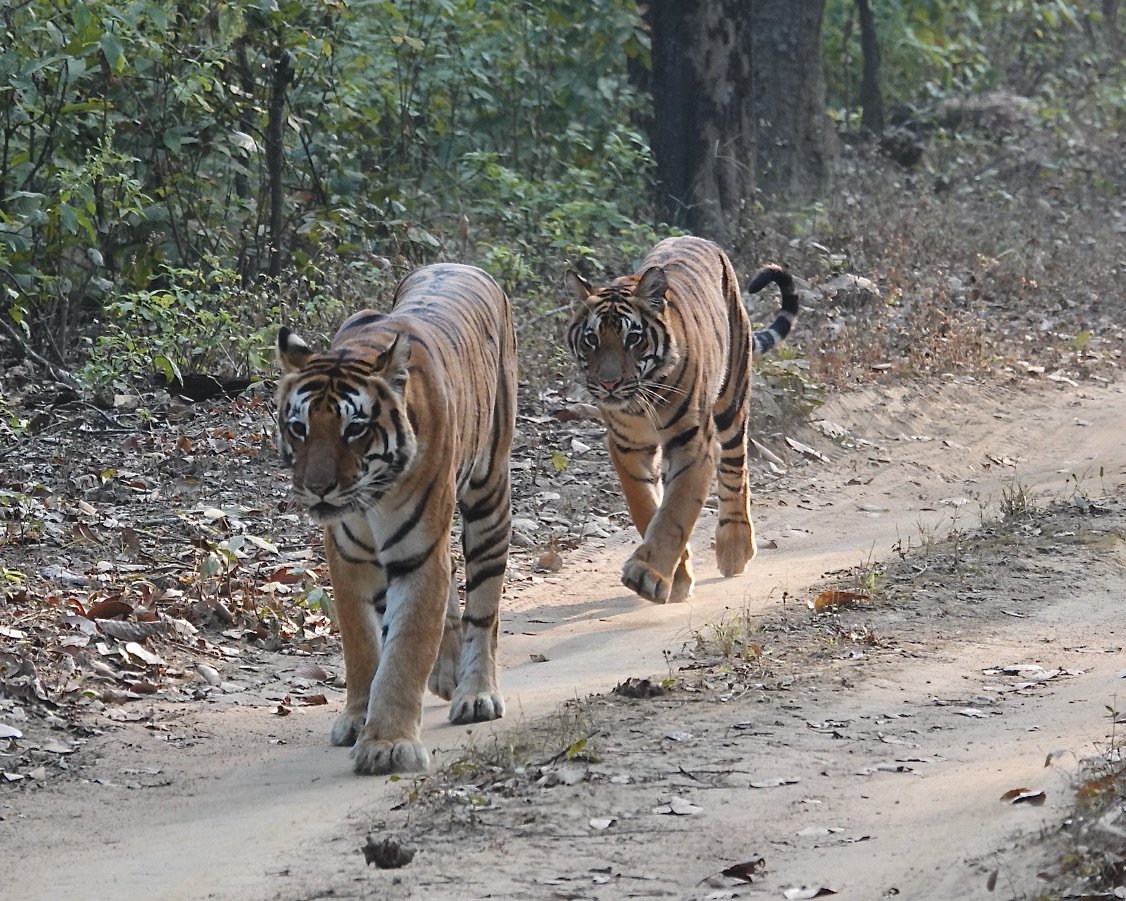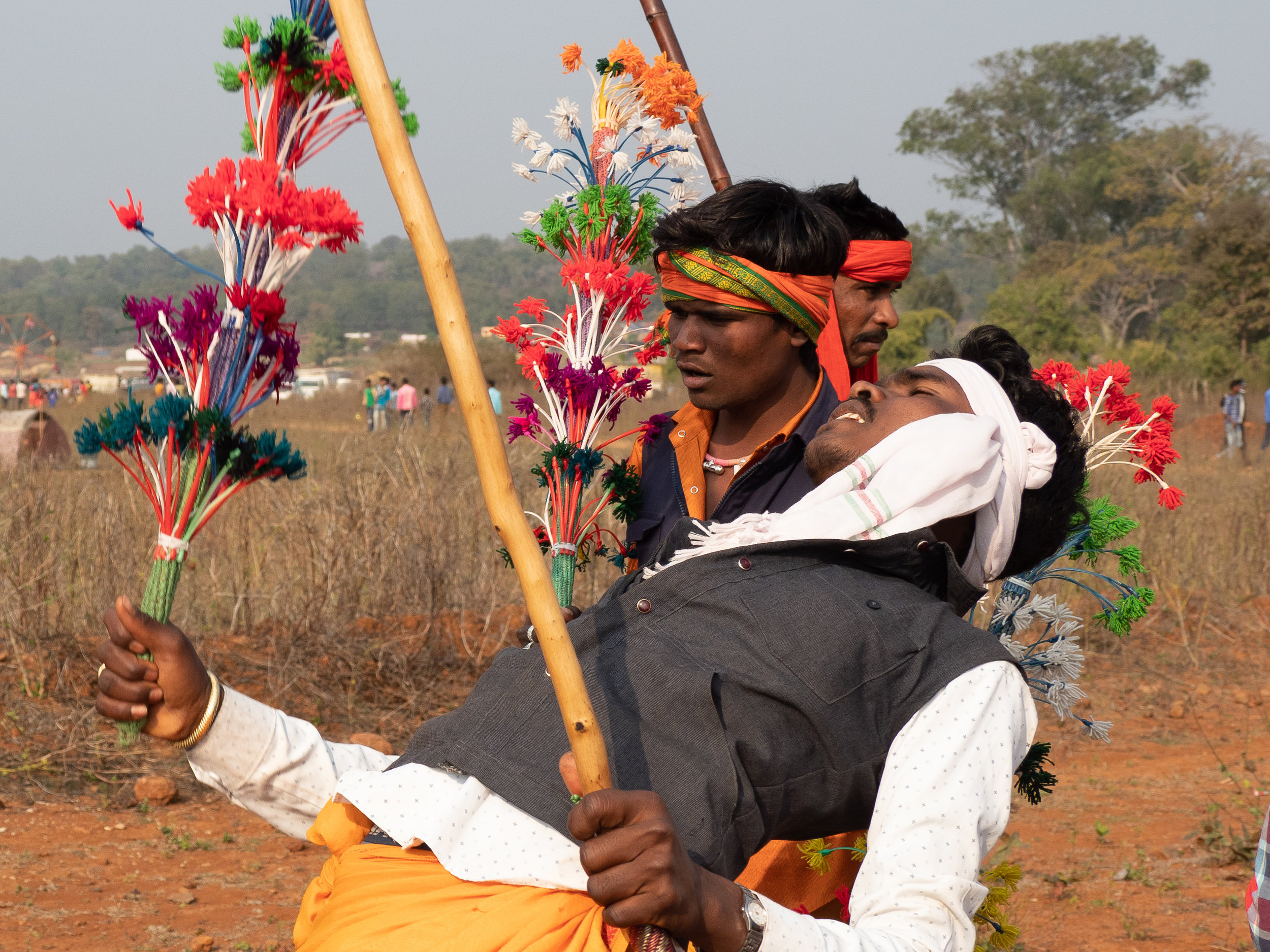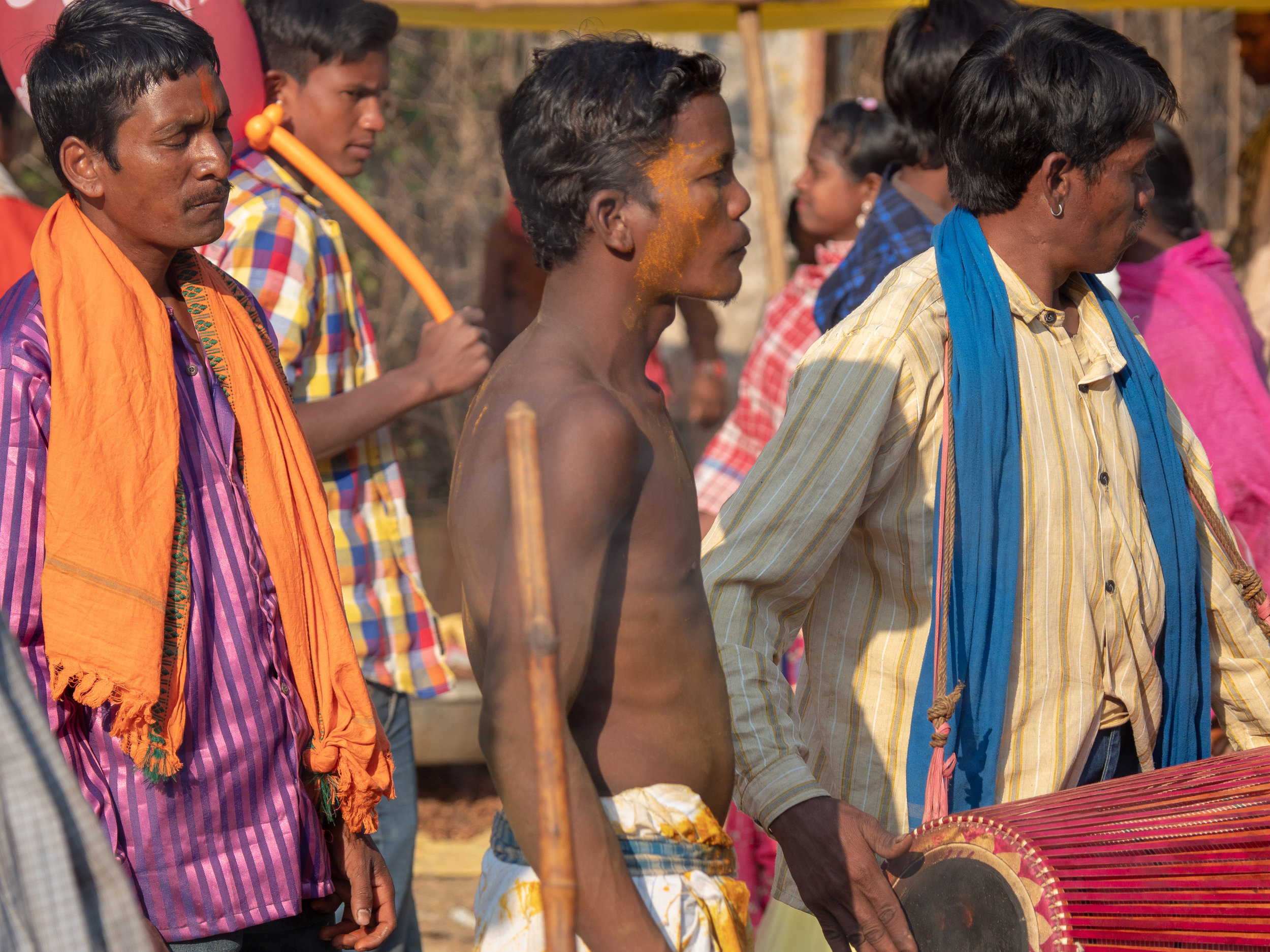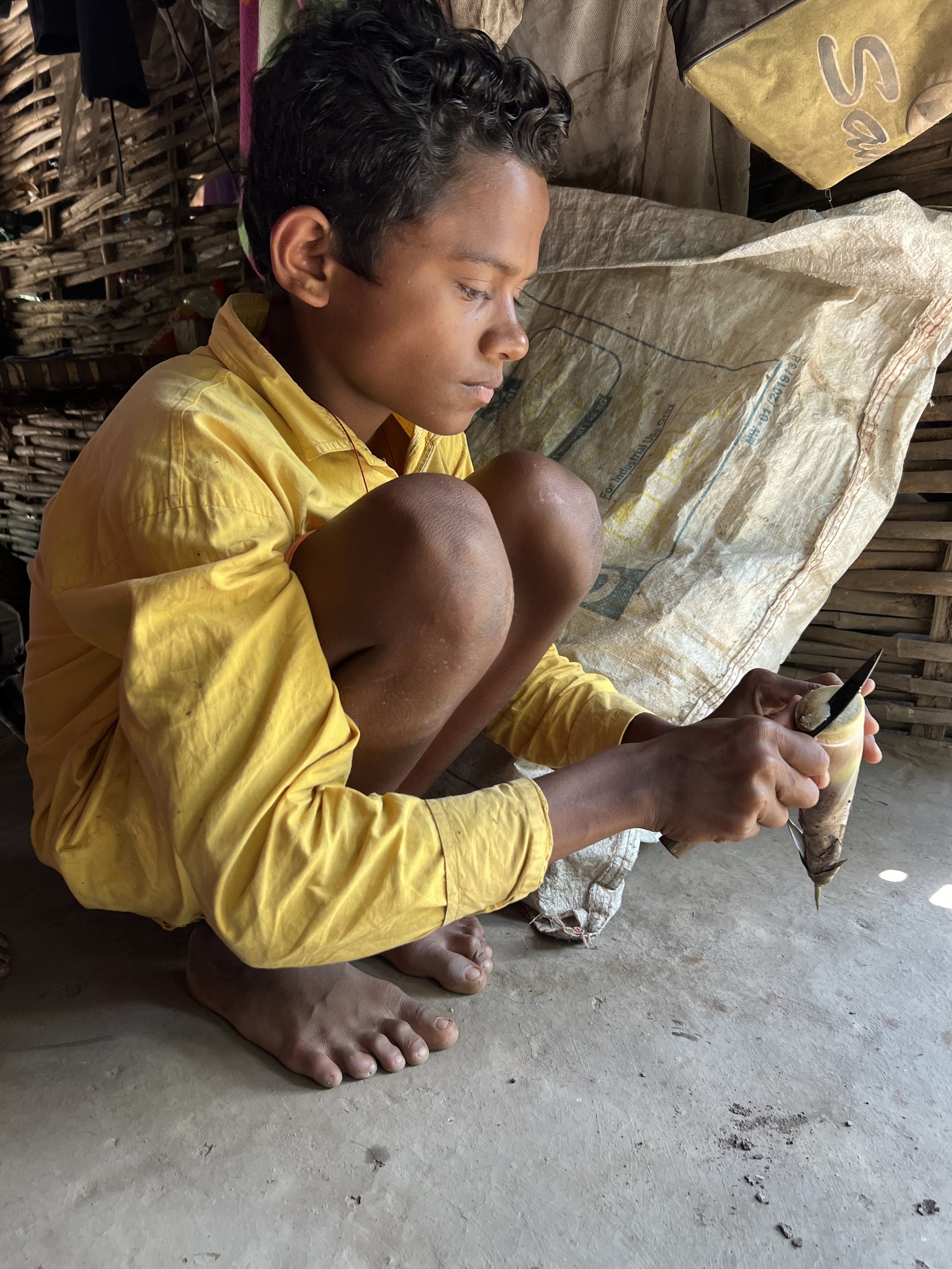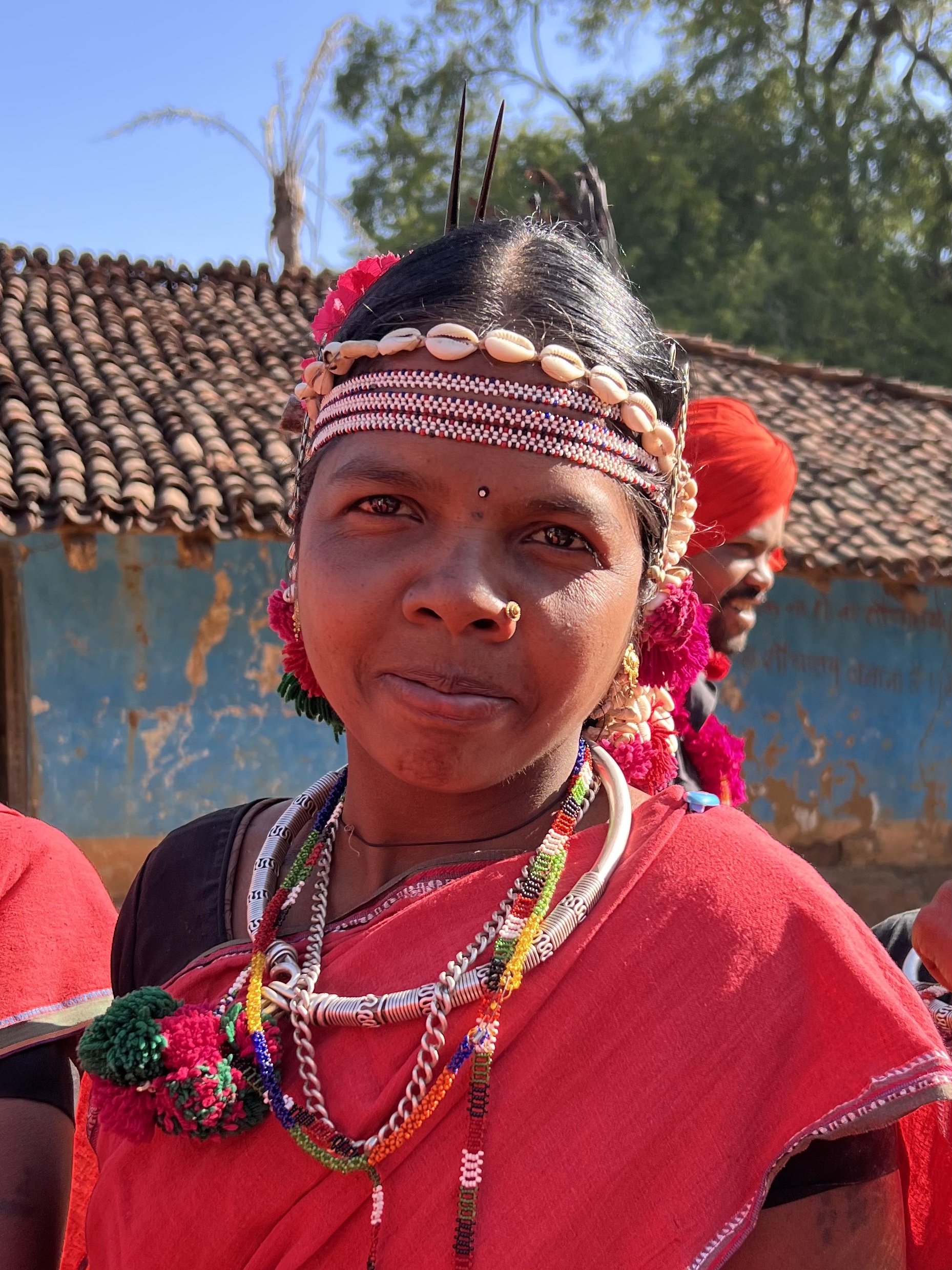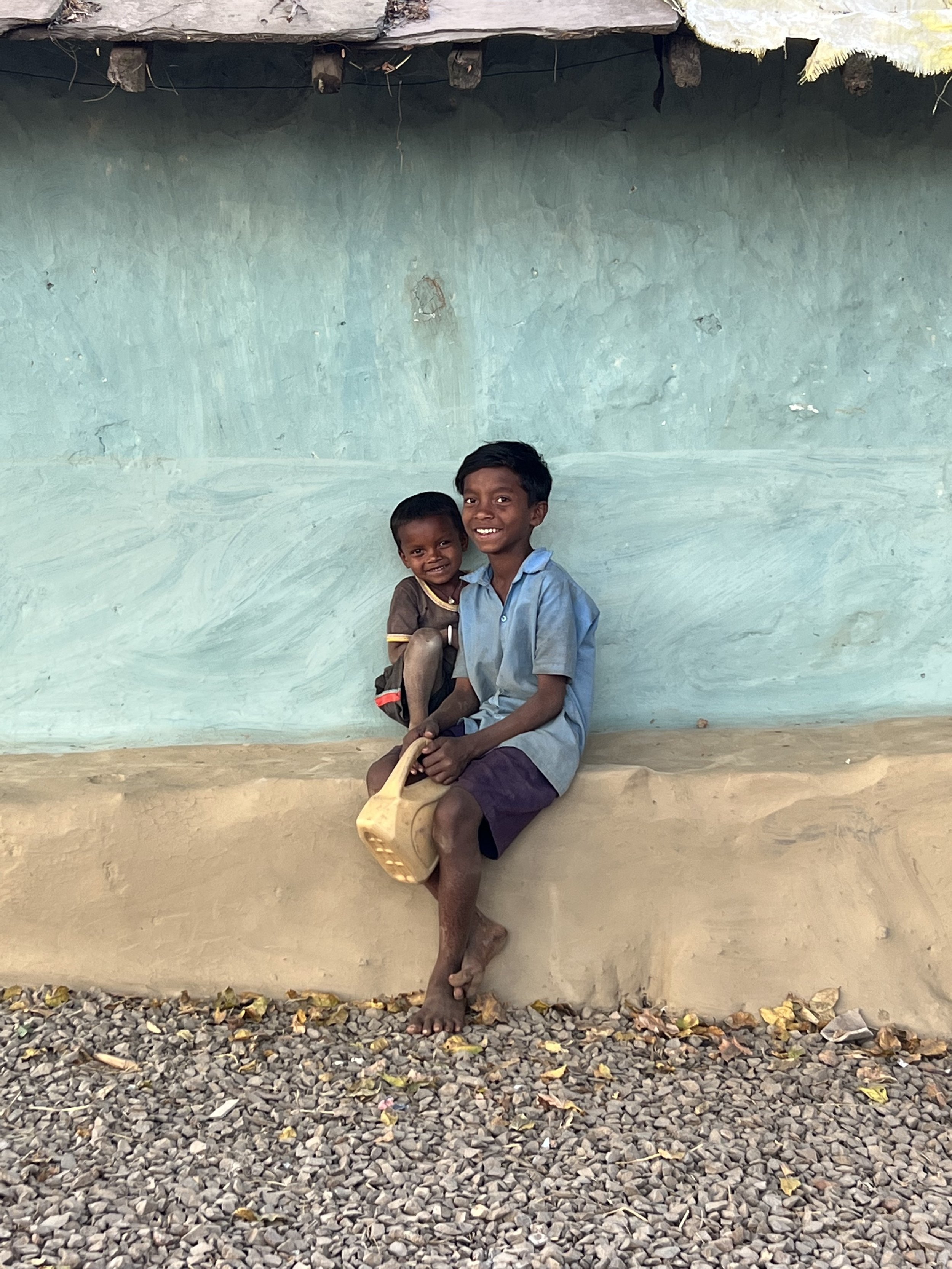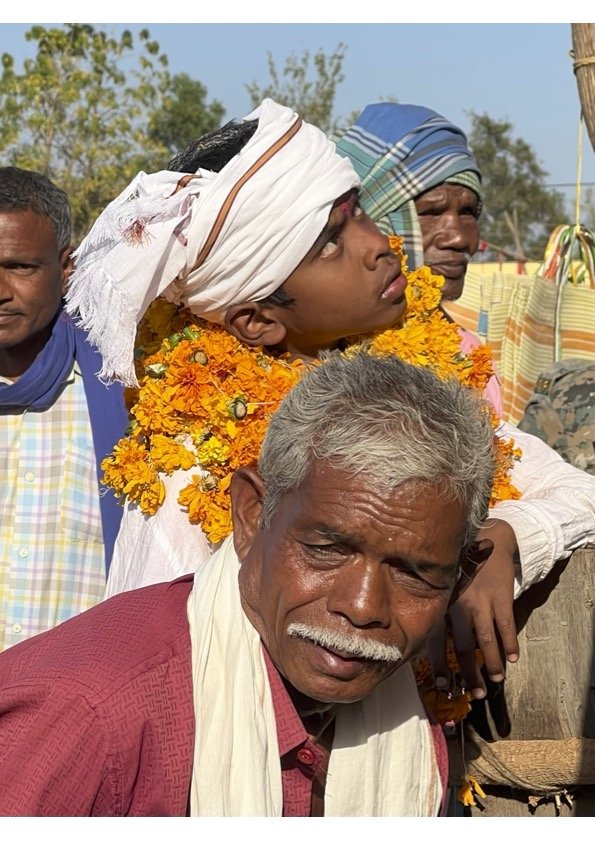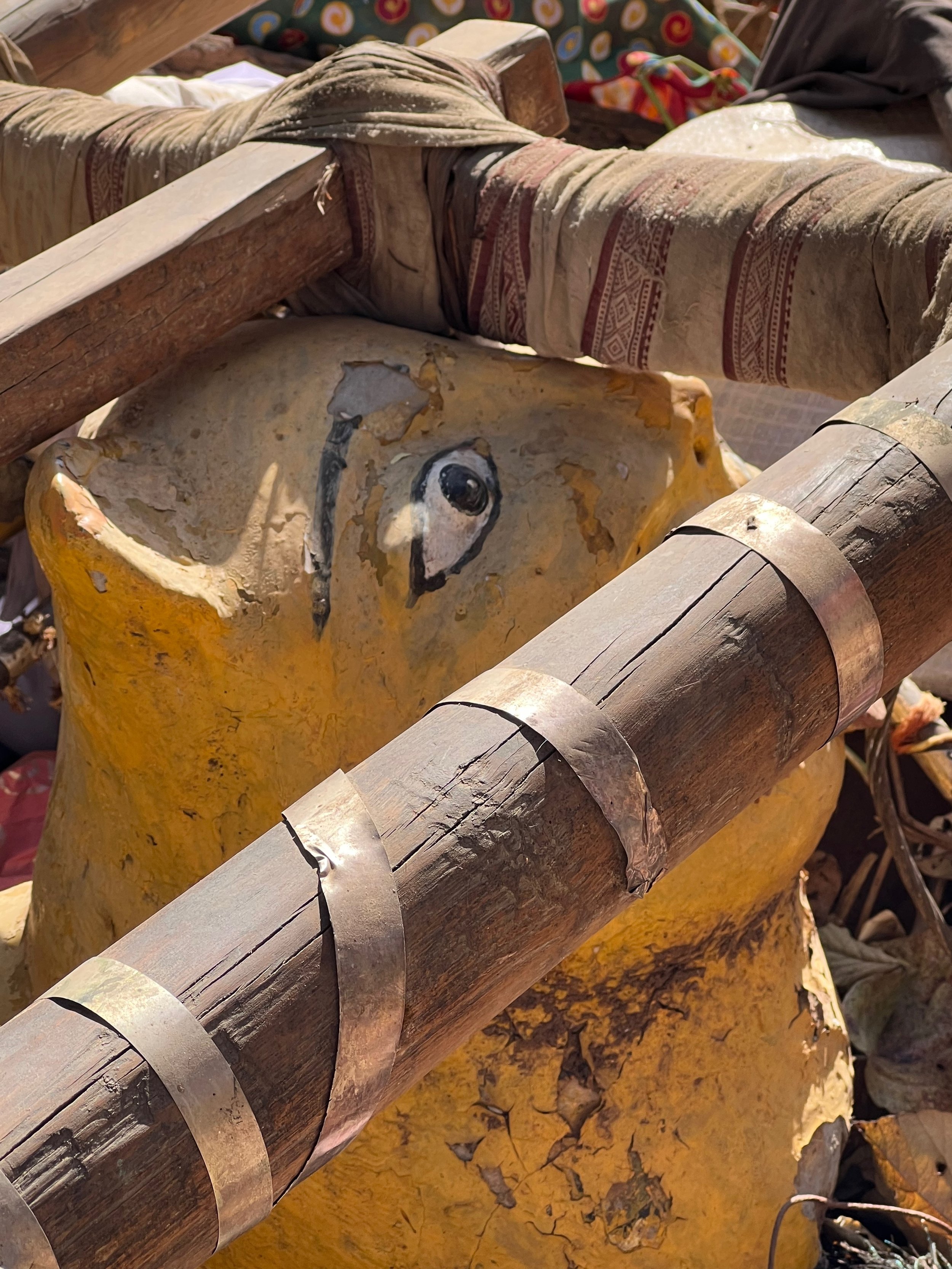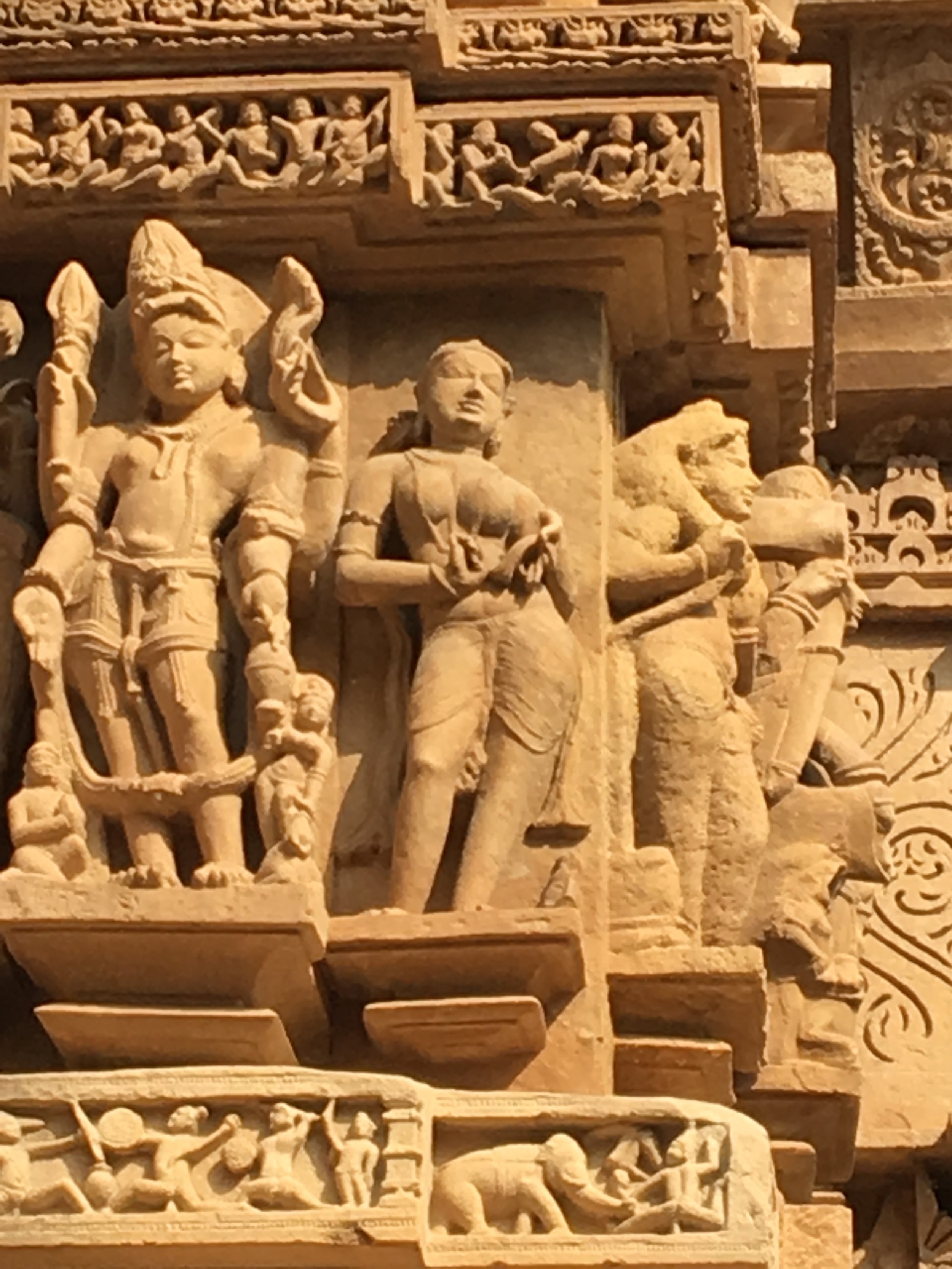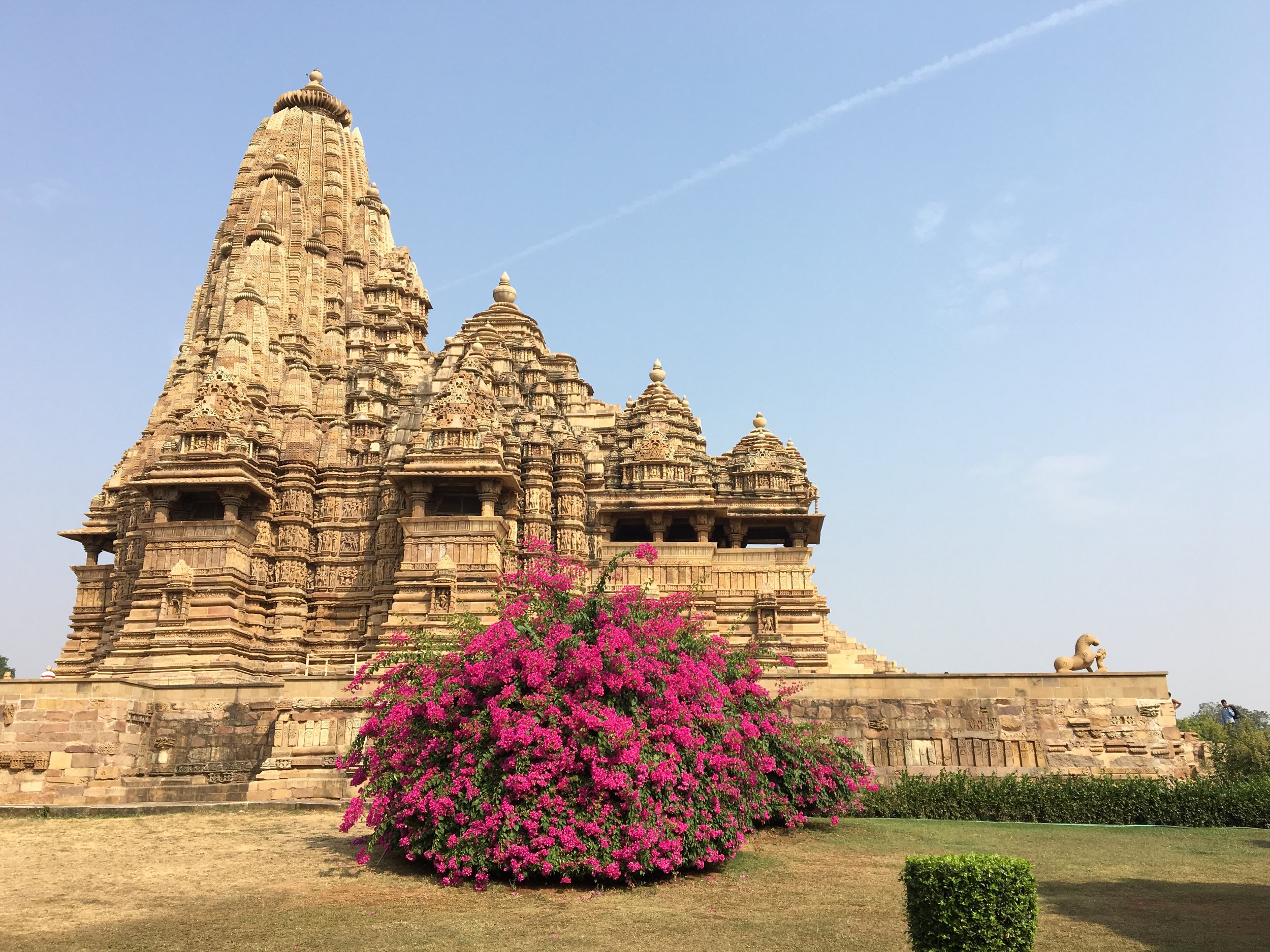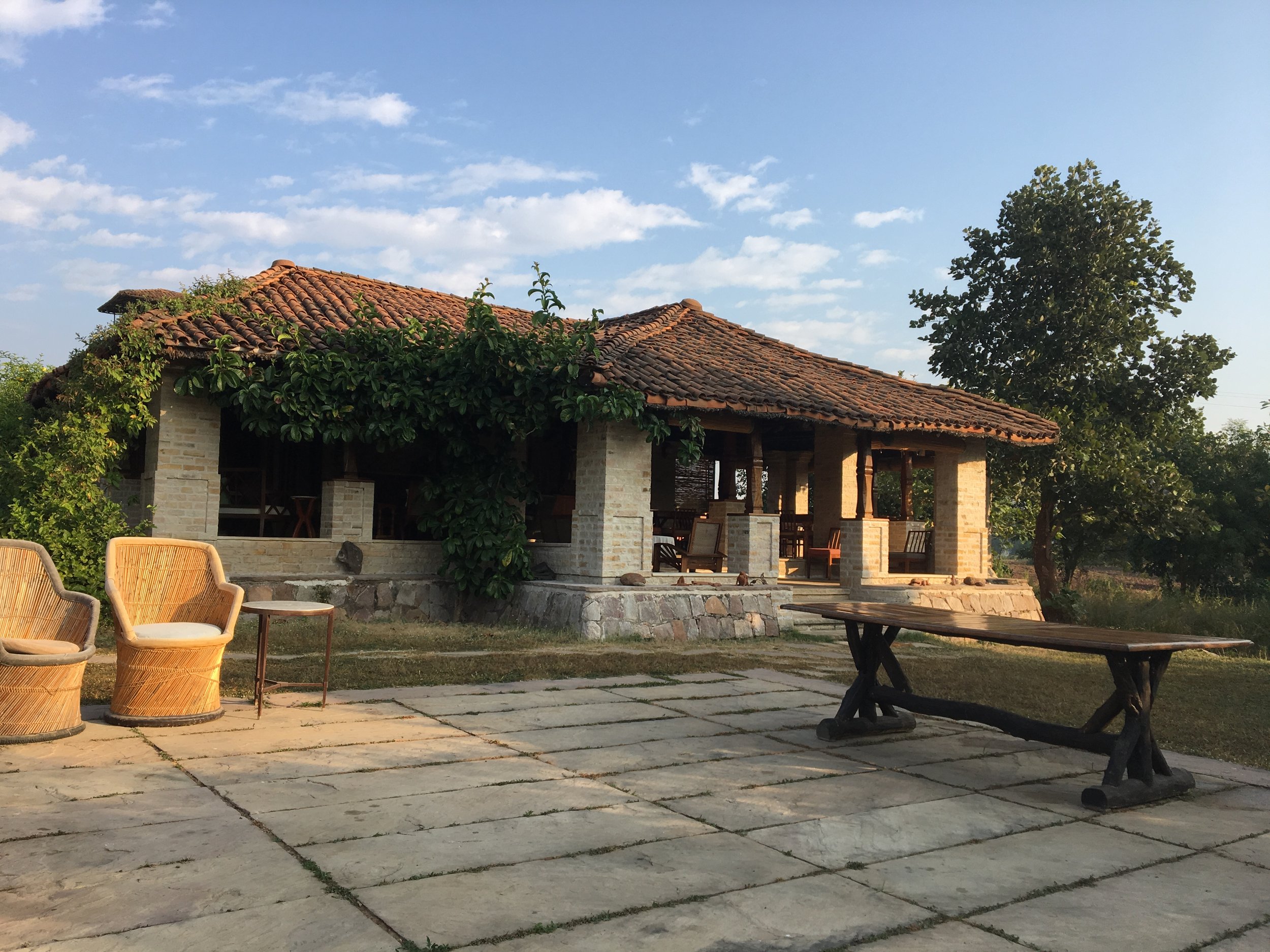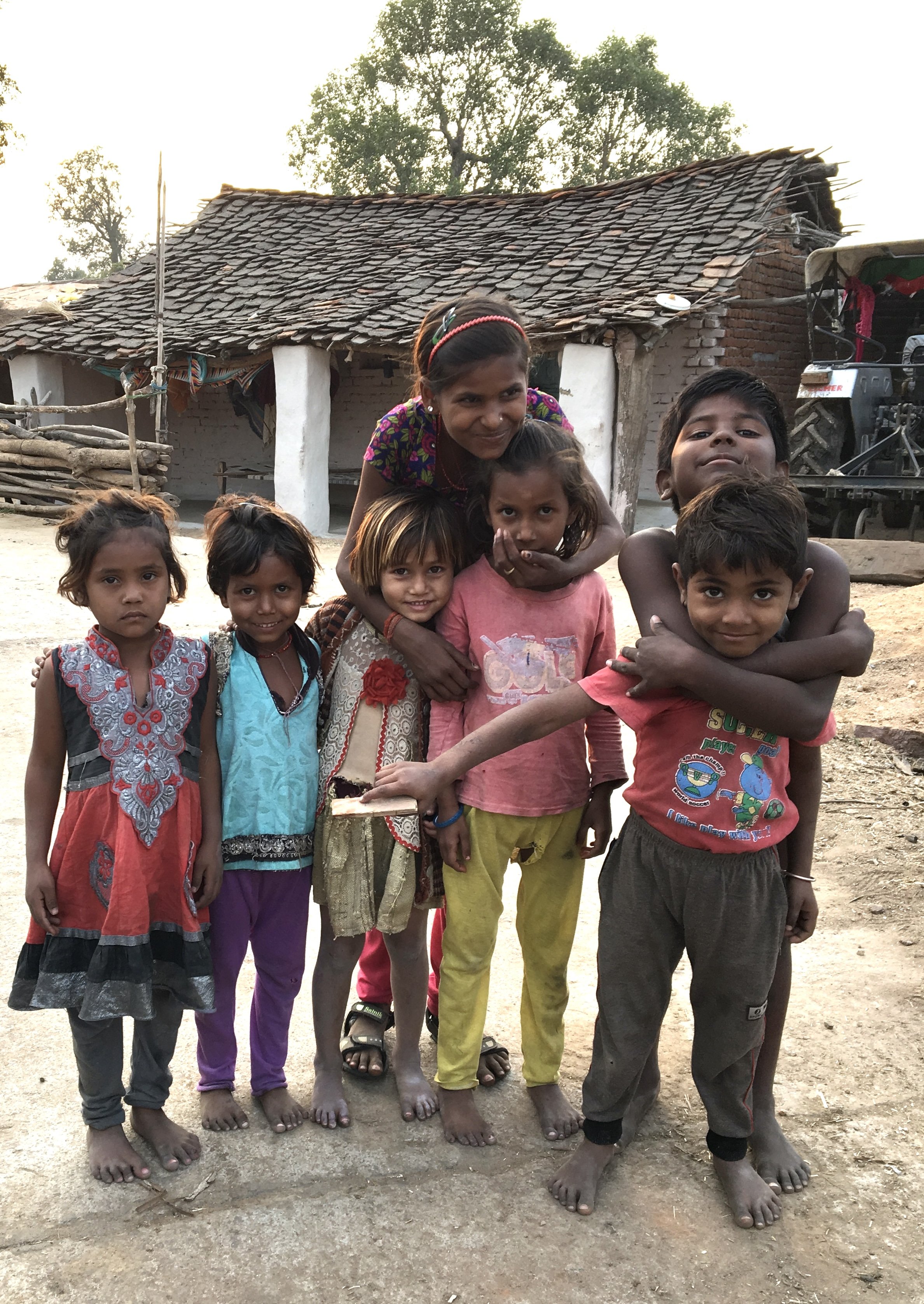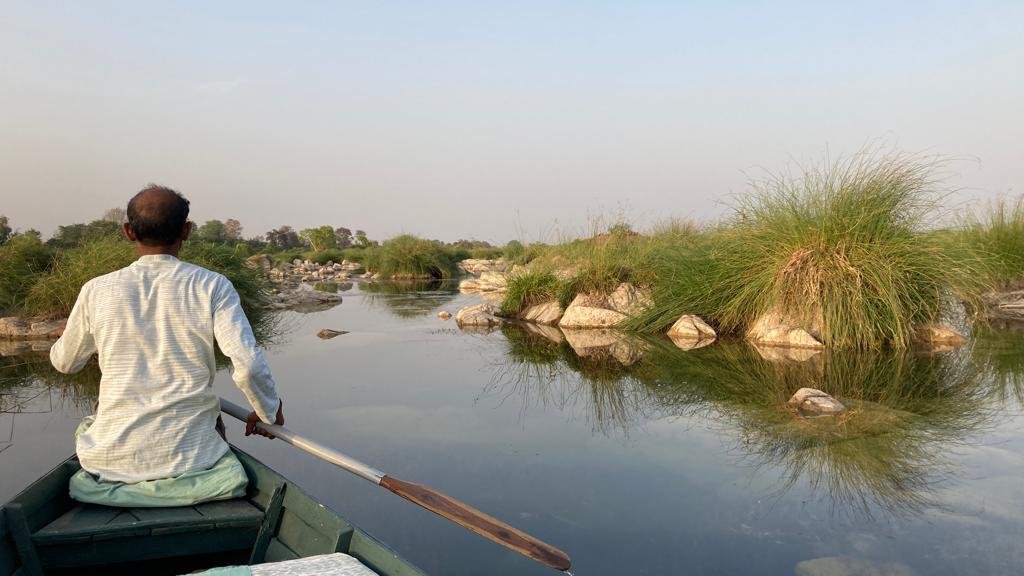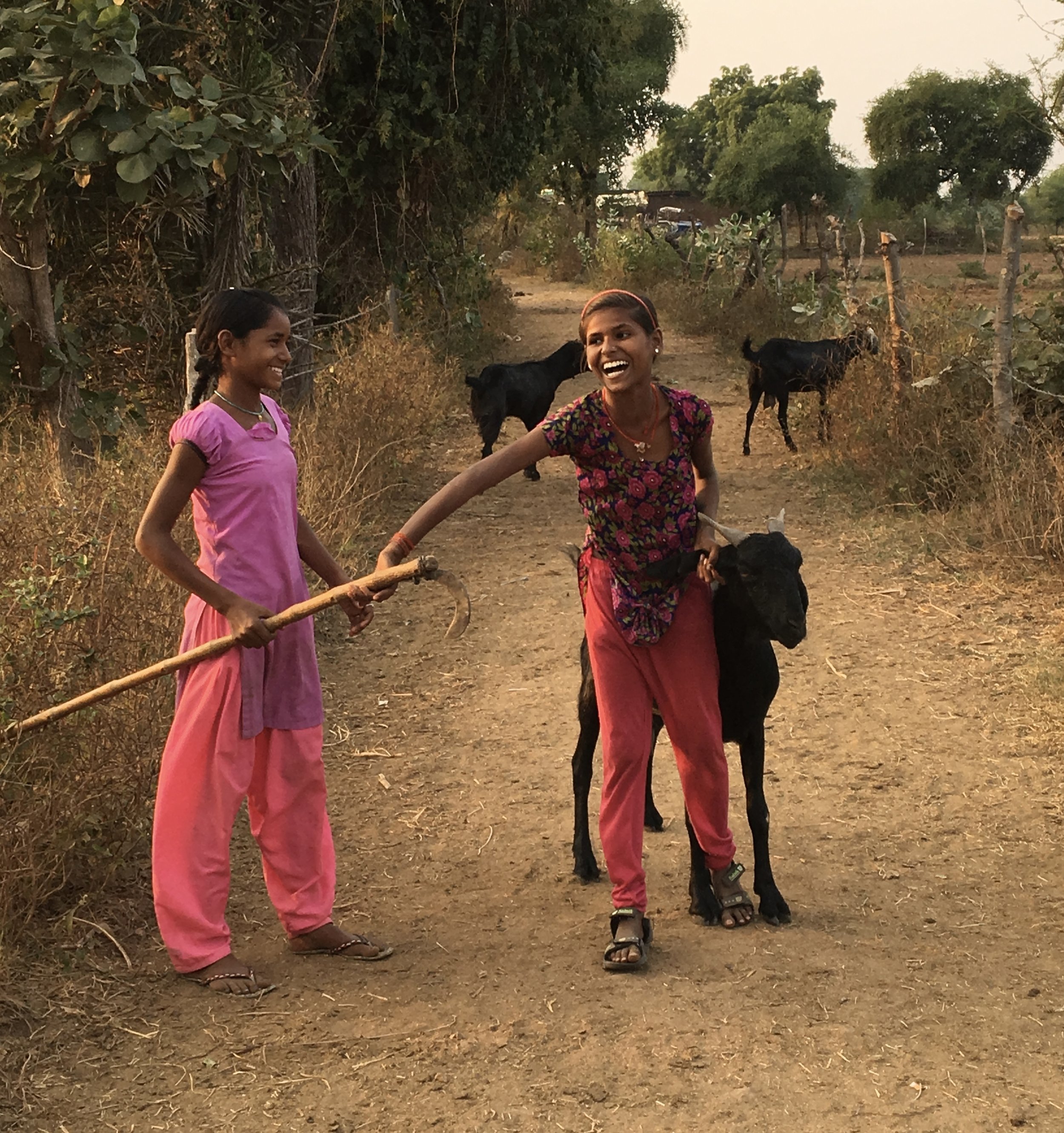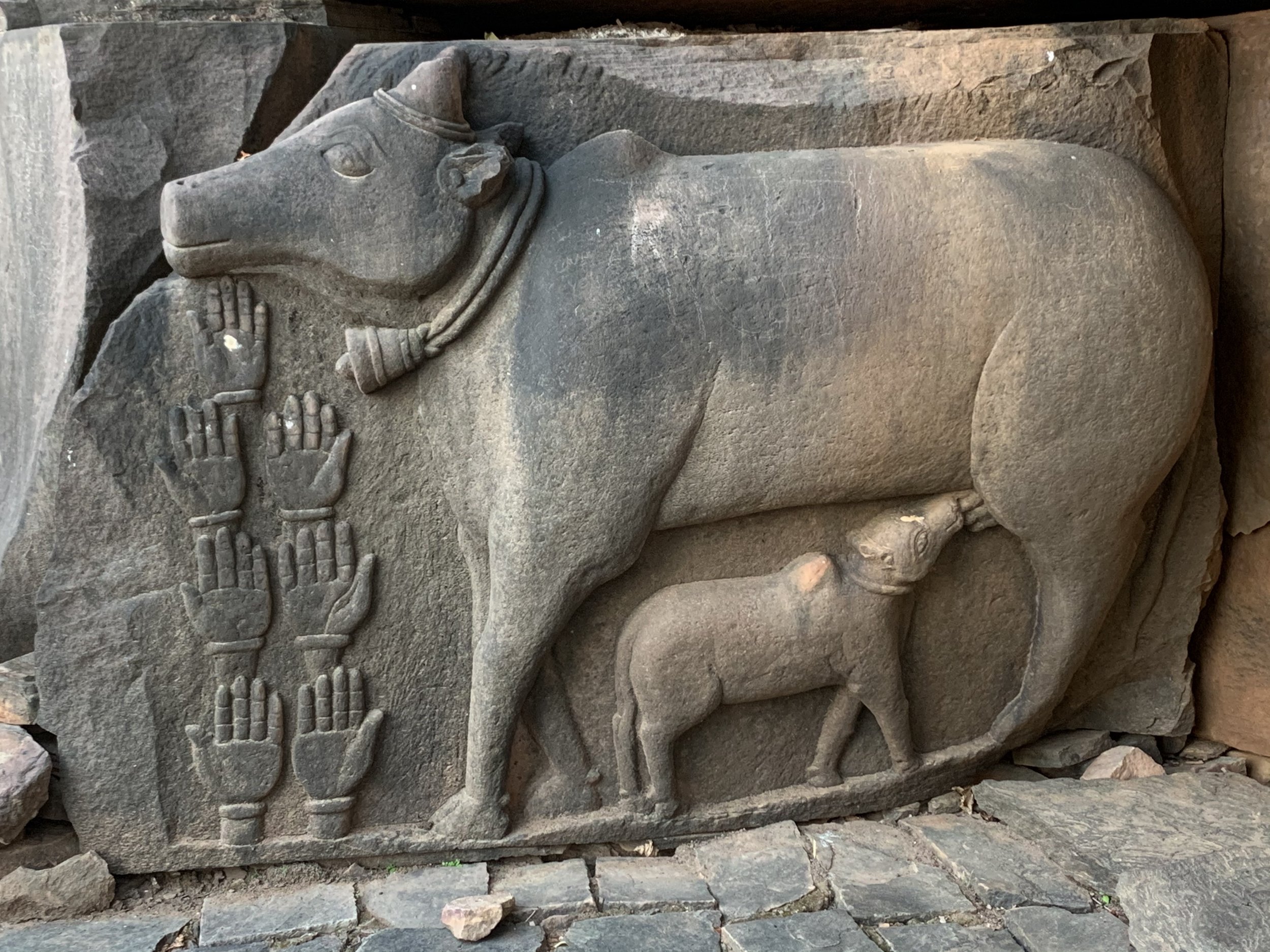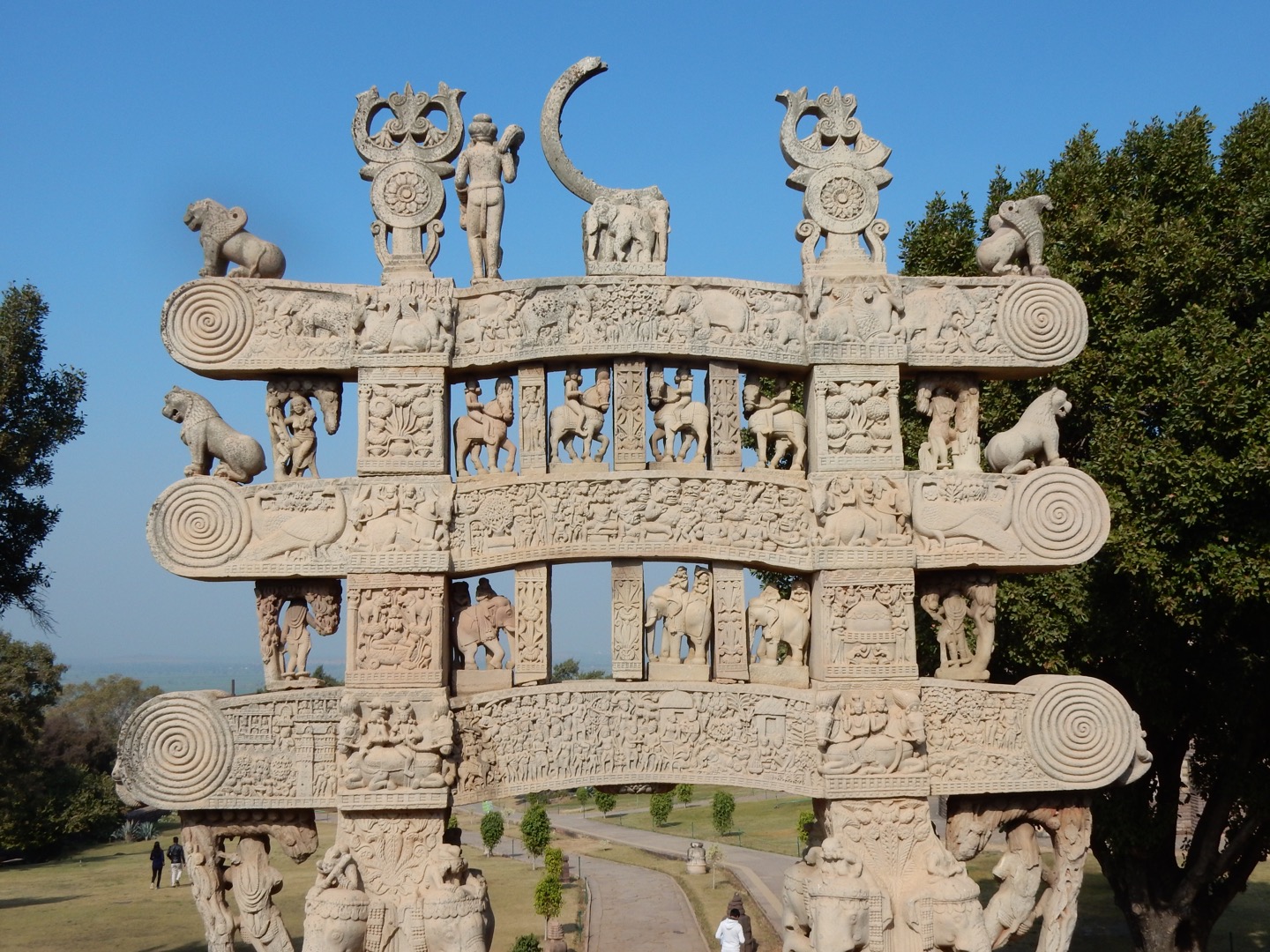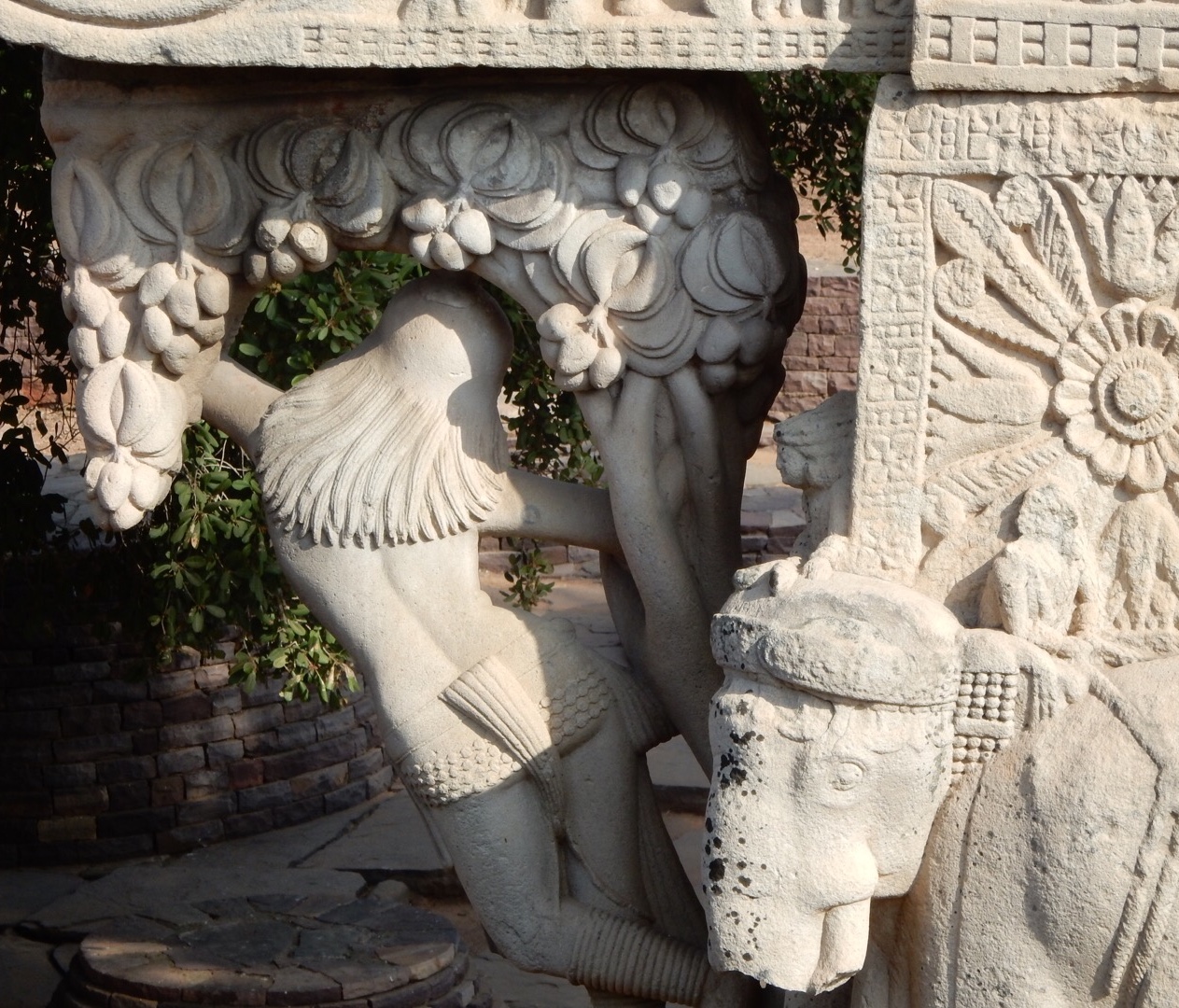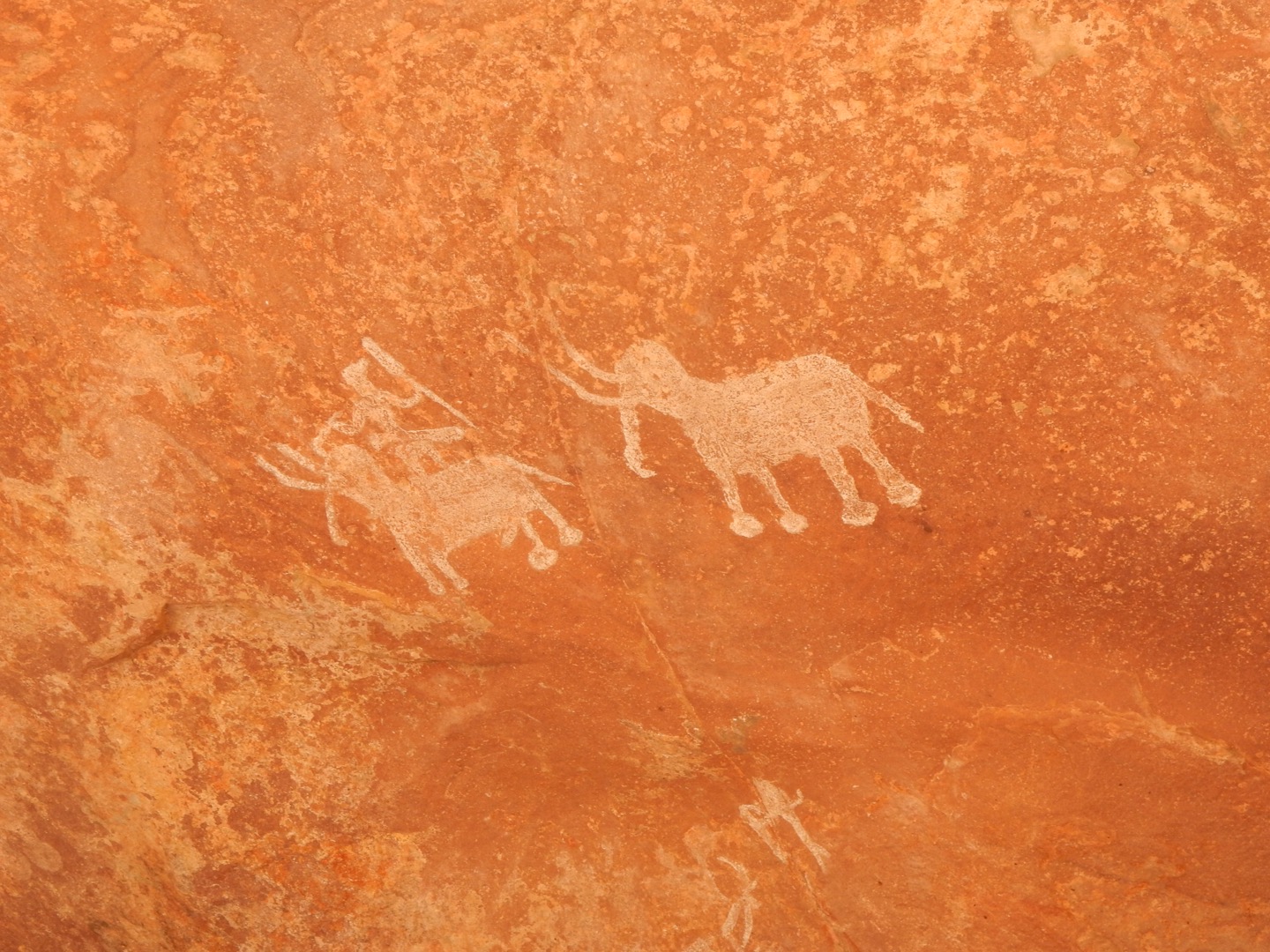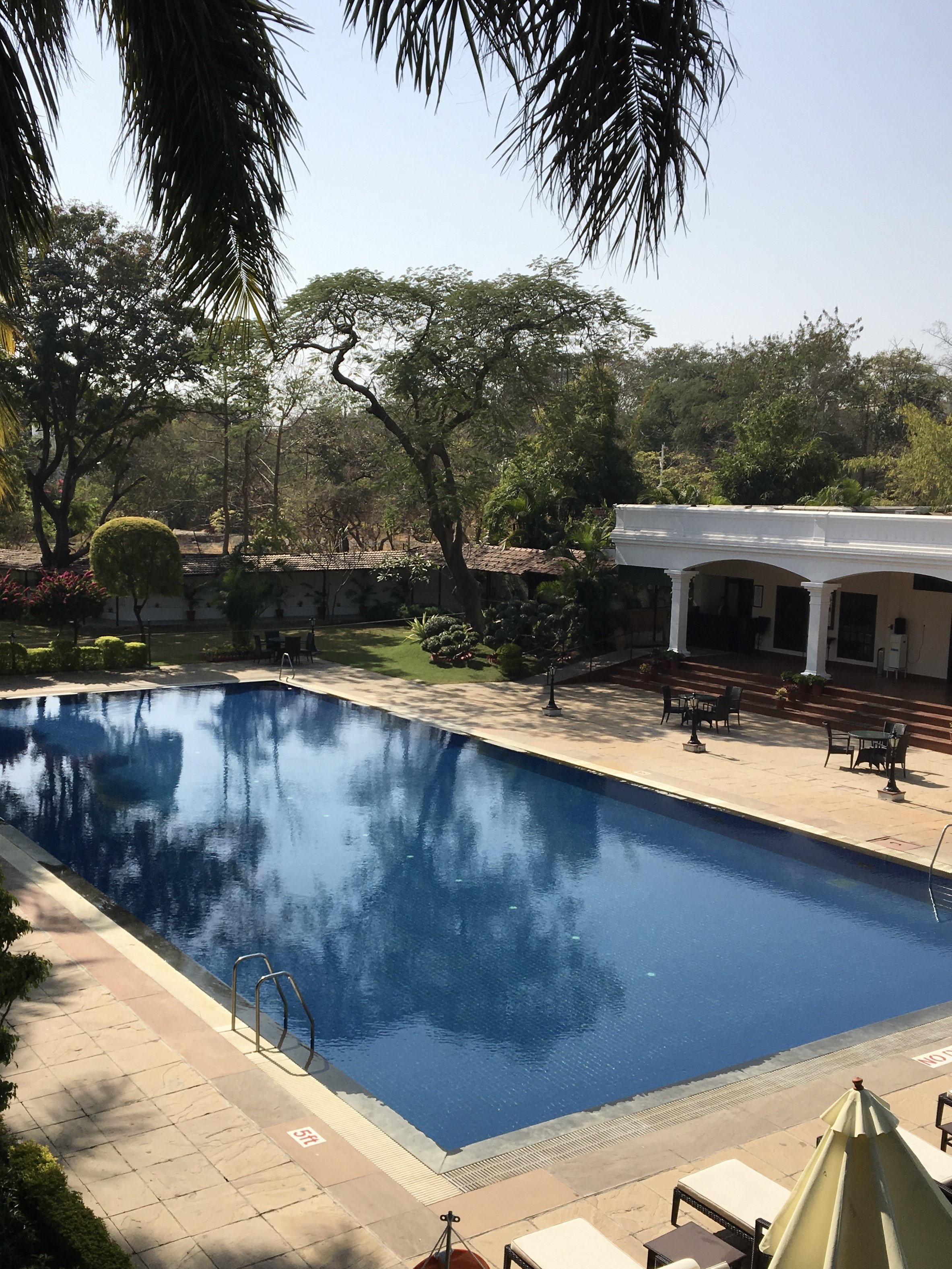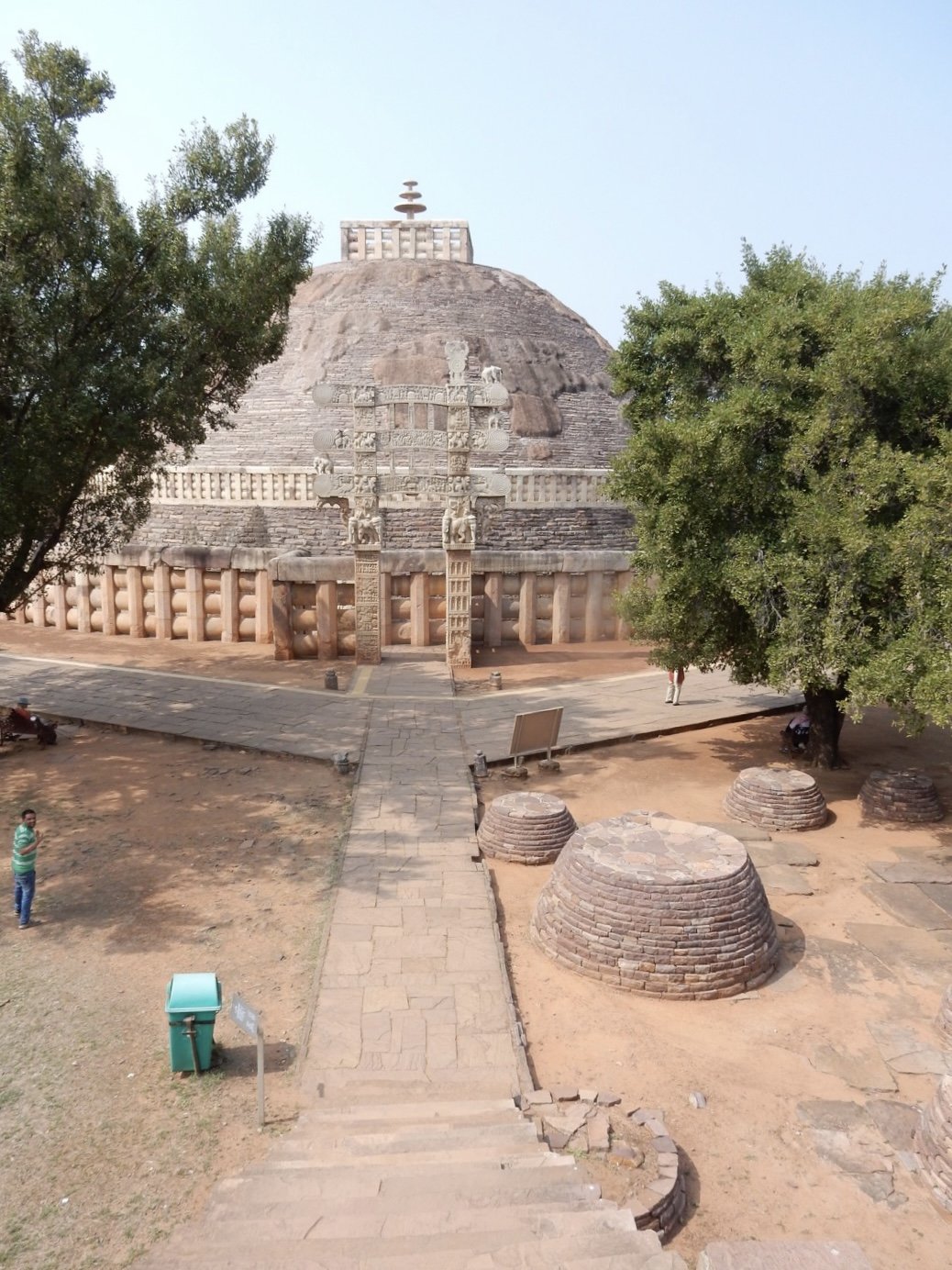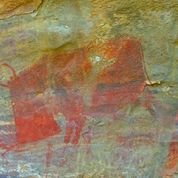National Parks
and the People who live Around them
All of our holidays have a rural focus, and the majority include a stay near one (or more) of Madhya Pradesh’s national parks.
Our holidays generally include a combination of safaris within the parks and exploration of village life around them.
Central India also has a wealth of architectural and historic sites of interest, reflecting India’s cultural diversity and rich history of migration. Palaeolithic cave paintings at Bhimbetka; Asoka’s great stupa at Sanchi; the Afghani ruins at Mandu; the Chandela forts at Ajaygarh and temples at Khajuraho; the temples and palaces of the Bundela Ranis and Rajas at Orchha - there is much to see. In a few magical places you may find yourself the only visitor.
‘Central India’ refers to Madhya Pradesh, Chhattisgarh, and parts of Maharashtra and Odisha; roughly the area designated the Central Provinces by the British (presumably those Indian names were too difficult for them to pronounce). It is similar in size to France, with very different infrastructure, so bear this in mind when considering how many days of your holiday you would like to spend in a car on a train or in an airport.
Below are some suggested itineraries in four different areas of central India. Most of our tours are tailor made but we do a few small group tours; get in touch for details.
Links are in bold.
Kanha National Park
Madhya Pradesh has more national parks than any other state in India. Our favourite is Kanha, with its beautiful meadows and sal forested hills, as well as plenty of scope for cycling outside the park and walking in the buffer zone. Although the longing to see a tiger is understandable, and chances are good, it is worth entering the forest without expectations and enjoying everything it has to offer, the birdsong, the sun rising over Kanha’s ponds, the excitement of seeing tiger pug marks on a sandy path and the knowledge of who is prowling in the forest, whether you see her or not.
Extended stays at Shergarh Tented Camp give guests the chance to visit the less well known Phen Wildlife Sanctuary and to enter Kanha from the very quiet northern gate at Sarhi. Shergarh Tented Camp by Kanha Tiger Reserve’s Mukki gate, is the creation of the sensitive and talented Katie and Jehan Bhujwala (also of The Bhuj House). Six tents (canvas roofs and walls but solid foundations and luxurious bathrooms) dot the forested land that surrounds the pond in which frogs croak and over which dragonflies hover and birds sing.
In-house naturalists Raj and his daughter Aisa are both experts and have their own very different ways of showing you their forest. Manager Catherene, herself a skilled naturalist, is happy to accompany guests on excursions beyond the park gates on walks or bike rides through the beautiful nearby villages, home to indigenous Baiga people. Along with a feeling of luxury the atmosphere at Shergarh is more homely than many other high end lodges.
Sample 12 night Itinerary: two nights in Mumbai at Abode Boutique Hotel, and Mumbai by Dawn Tour with No Footprints; overnight train to Gondia Junction and transfer to Shergarh Tented Camp; seven nights at Shergarh with a mix of village walks and cycle rides (multi days outings also possible), safaris, a craft workshop at Pahooo Pakshee and visit to see the work of Earth Focus Kanha; return to Mumbai by plane for two nights.
Costs from: £2950 per person (includes full board Shergarh, bed and breakfast Mumbai, all transfers and activities; excludes international flights).
Suggested add on: a two day, 27 km walk (with jeep support) to Kipling Camp, Kanha’s first lodge, and home to rescue elephant Tara. Or an overnight trip into Chhattisgarh to see the work of Frank Water Charity.
BASTAR
The people of Bastar have guarded their traditional culture with success. The huge difficulties that communities suffered during years of clashes between the Naxalite movement and the police kept Bastar isolated, and possibly more defensive of their way of life. The situation is now calm and for those who can cope with some simple accommodation and some travel, this is without question the most fascinating place to spend time time learning about the lives and beliefs of some of central India’s many indigenous communities.
Shakeel Rizvi’s four-roomed homestay is simple, but comfortable. Spotless rooms with attached bathrooms (and some thoughtful luxuries like a kettle and tea and coffee) have shady verandas that look out over the garden in which his neighbour and helper Mongra plants his crops. Food gets brought in from the nearby home of Kamla ji and her son Yash. It is served on leaf plates, and is delicious.
Shakeel has worked in the area for more than twenty years and his relationships with the Dhurwa people in whose village he lives, and even more touchingly with Gond friends in a village in Kanger Valley National Park, is reflected in the warm but relaxed welcome outsiders receive when they visit.
Shakeel is assisted by Rizwan who meets guests in his home town of Kondargaon and guides them from there. Kondargaon is a hub for local craftspeople and you’ll see potters and wrought iron workers here. There are palaeolithic rock paintings, local markets, and if you are lucky a festival of some sort. The religious stories here are fabulous, and the huge number of senior female deities is I am sure connected the fact that societies here tend to be more liberal, with women’s freedoms less restricted.
Sample 6 night itinerary: Arrive into Raipur by train or plane and drive (3 hrs) to Kanker Palace for a regal start; drive to Kondargaon to meet Rizwan, lunch at the all women run cafe at Tatamari hill station followed by a visit to the court of the gods at Bhangaram; continue to Bodal for four nights at Shakeel’s homestay;
Costs from: £1800 per person fully inclusive from Raipur to Raipur.
Suggested add on: take the overnight train to Bhubaneswar to see experience more indigenous culture and superb coastal birding.
Panna Tiger Reserve, Khajuraho and ORCHHA
Sarai at Toria is our preferred base for Panna. It is a beautiful eco-friendly lodge run by conservationists and wildlife photographers Raghu Chundawat and Joanna Van Gruisen.
Raghu and Joanna have spent time living inside Panna reserve researching tigers. You are in interesting, well informed company here. It is worth reading Raghu’s book The Return of the Emerald Tigers.
There are also some extraordinary architectural treats in this area, the Chandelas (9th to 13th century) left treasures. Most famous (justly) is Khajuraho, but my favourite is Ajay Garh, worth the steep climb.
Cycle rides, village walks and boat rides down the Ken River are all to be enjoyed, as is just relaxing at Sarai. The sensitively designed eco-friendly cottages sit in tall grassland, there are hammocks and quiet sit outs overlooking the river. The food is exceptional.
Sarai at Toria is easily reached by a train from Bhopal to Khajuraho, where you can stop to see the temples. Jhansi is two hours away, has a super fast train to Delhi and allows the opportunity to visit Orchha. Rafting down the river at Orchha is one of the loveliest ways to see the Bundela dynasty palaces, chhatris and temples.
Baavan is Raghu and Joanna’s conservation trust.
Sample 11 night itinerary: two nights in Delhi with a full day tour; morning super fast train to Jhansi; transfer to Orchha, afternoon visit to the palaces, o/n in boutique homestay, morning white water rafting; drive to Sarai; six nights Sarai with three safaris and local sightseeing (Khajuraho, Kalinjar, Ajaygarh, village walks and/or cycle) plus a screen printing workshops at PashooPakshee’s Madla workshop; train to Agra with a night at Ekaa Villas and (excellent) heritage walk, drive to Delhi for a final night before flight home.
Costs from: £2950 per person (includes travel and transfers in India, bed and breakfast in Delhi, Orchha and Agra; full board at Sarai at Toria; all tours, workshops and safaris. Does not include international flights, alcohol, tips, laundry).
Suggested add on: skip the city and continue the rural journey from Sarai by car (a day’s drive, but a pretty one) to Kanha for a spell at Shergarh.
Bhopal and Satpura NAtional PArK
The lake city of Bhopal is Madhya Pradesh’s capital and is for some inexplicable reason left off most tourist itineraries. The city was famously ruled by women (four successive Begums) for most of the nineteenth century, which is perhaps part of its appeal to this particular female run travel company. It has three outstanding museums including the magnificent tribal museum whose contents have all been designed and made by indigenous people from all over central India. The 200 BCE Buddhist stupa at Sanchi is a day trip away, and is both hugely atmospheric, perched on a hilltop overlooking the plains around, and with the most exquisitely carved images of the life of the Buddha on all of its four gateways. South east of the city are the rock paintings of Bhimbetka, hundreds of caves with paintings dating back 10,000 years of which many are open to the public. Though one is frequently the only visitor. Bhopal is well served by two excellent hotels Jehan Numa Palace and Jehan Numa Retreat
Jehan Numa Palace Bhopal offers a taste of old fashioned nawab style grandeur. The hotel is owned by the Rashid family whose race horses are exercised on a track that runs in front of some of the rooms, there’s a large pool, small gym and spa, and various restaurants including the excellent Mughlai grill Under the Mango Tree. Despite its size it remains friendly and not too formal. Just on the edge of town is the sister hotel Jehan Numa Retreat a little further from all that is going on in the city, a more rural feeling spacious place with the kitchen garden supplying food for the restaurant and a wonderful open air tandoori restaurant Under the Neem Tree.
Reni Pani Jungle Lodge and Bori Safari Lodge lie at each end of Satpura National Park. Satpura has sublime landscape and, as one of India’s newest reserves is a fine example of tourism’s beneficial effect on large mammal conservation, providing jobs that decrease the financial appeal of poaching, watch-people in the form of guides and the tourists themselves, and funds for better management of invasive species. One can explore Satpura by jeep, but also, more excitingly on foot, boat or by canoe.
Sample 10 night itinerary: arrive Mumbai or Delhi and catch a flight to Bhopal; three nights at Jehan Numa Palace or Jehan Numa Retreat including guided city tour with Sikander, guided day trips to Sanchi and Bhimbetka; drive to Bori for two nights; full day safari crossing the park to reach Reni Pani for a three night stay; transfer to Bhopal for an evening flight to Mumbai with two nights at Abode Boutique Hotel and a tours with No Footprints.
Costs from: £3200 per person (includes travel and transfers in India, bed and breakfast in Bhopal and Mumbai; all tours and guiding in Bhopal; full board Bori and Reni Pani with one shared jeep safari and one non-jeep based/buffer zone activity per day, including a full day safari crossing the park; does not include international flights, alcohol, tips, laundry).
Suggested add on: the temple town of Maheshwar on the banks of the river Narmada is a five hour drive south from Bhopal and home to the heavenly Ahilya Fort. For those whose budget doesn’t stretch to Ahilya, Labboo’z cafe has sweetly designed rooms that are within the fort walls and give you access to the ghats and the temples and the marvellous weaving centres. The well maintained remains of the Afghani city of Mandu are just over an hour from Maheshwar.

